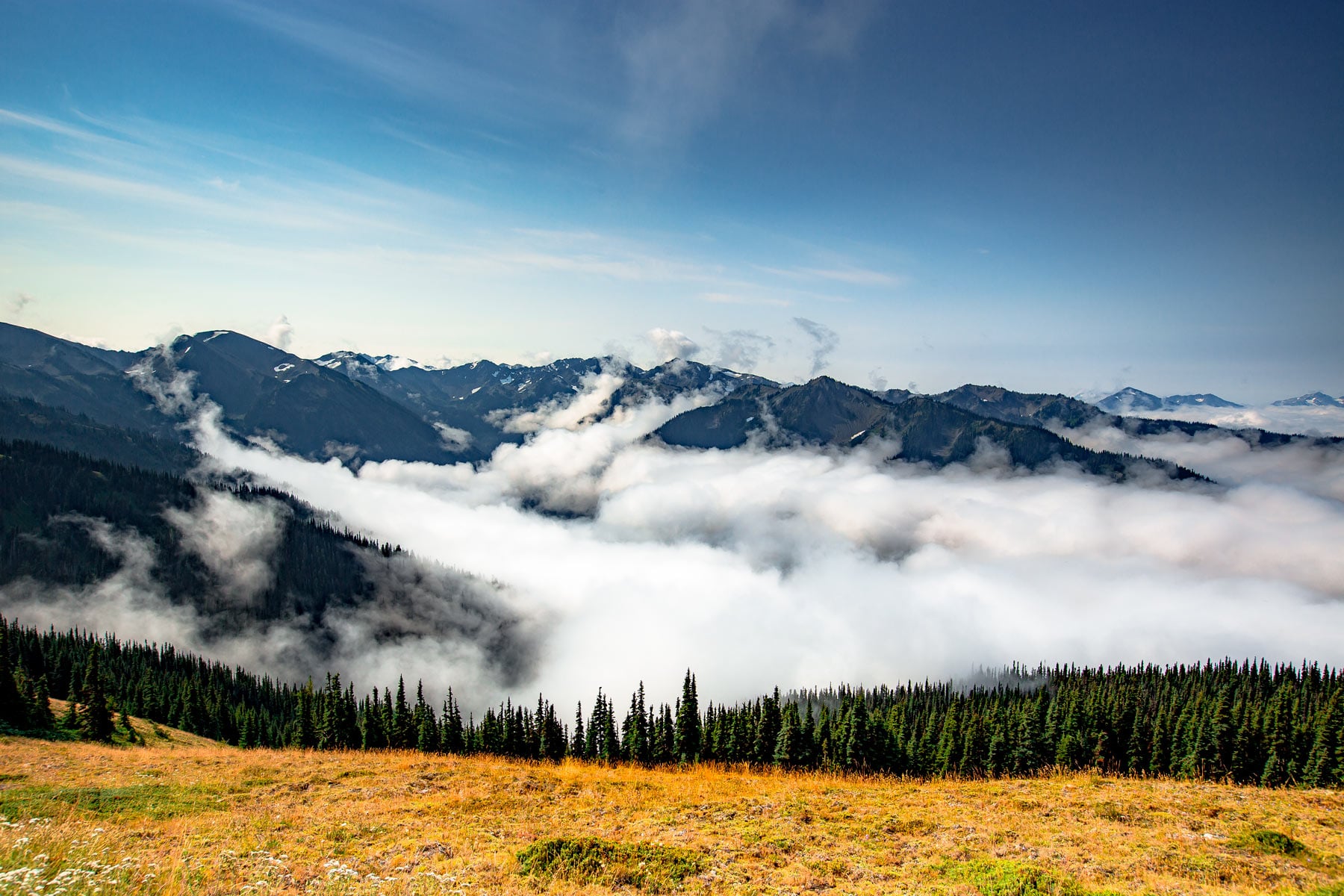
Article Summary: Historic Sites In Washington
Historic Sites In Washington. More Than Just Parks has 15 incredible must-see sites for you to visit.
I’ve been to so many of these amazing places since retiring from teaching in 2018. Did I mention that I taught history? I spent a lifetime teaching about the history behind these momentous sites. Then I got to see them firsthand. And now I’m sharing the stories of these incredible places with you. It doesn’t get any better than that!
I’m going to give you my list of the Top 15 Historic Sites In Washington that you’ll want to see.
To be clear, this list includes national park sites (as in sites managed by the National Park Service) as well as national parks. It also includes sites not managed by the National Park Service. After all, we’re more than just parks!
Now if you’re planning a trip to the Evergreen State then one book that I highly recommend is: Washington Bucket List Adventure Guide: Explore 100 Offbeat Destinations You Must Visit!
Without further ado, let’s dive in!
Table Of Contents: Historic Sites In Washington
Top 15 Historic Sites In Washington
15. San Juan Island National Historical Park
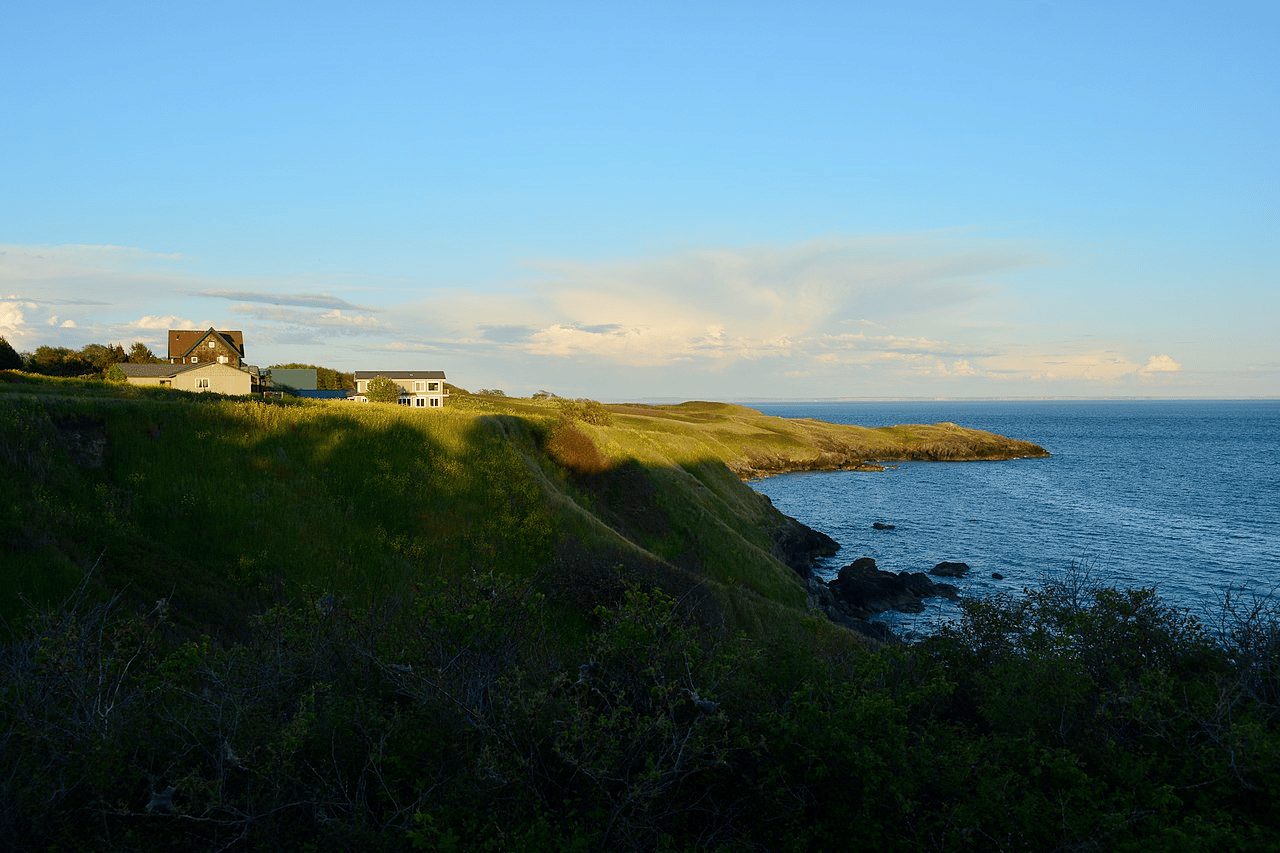
Encompassing millions of acres, Washington state is home to Olympic National Park, North Cascades National Park, and Mount Rainier National Park. These Washington national parks protect human history, maintain wilderness and ecosystems, and include a variety of landscapes.
It’s also home to some amazing historic sites and More Than Just Parks has 15 of them to share with you.
We begin our list at #15 with San Juan Island National Historical Park. It’s a national park located on San Juan Island in Washington state.
The park was established in 1966 to commemorate the peaceful resolution of a border dispute between the United States and Great Britain in 1859, and to preserve the cultural and natural history of the island.
The dispute began in 1846, when the United States and Great Britain signed the Oregon Treaty, which established the boundary between their respective territories at the 49th parallel. However, the treaty was vague about the boundary west of the Rocky Mountains, and both countries claimed ownership of several islands in the area.
A Pig War?
In 1859, an American farmer named Lyman Cutlar shot a pig that had been rooting in his garden on San Juan Island. The pig belonged to a British subject, who demanded compensation for the loss of his property. The incident escalated into a tense standoff between American and British military forces, which each country sent to the island to protect its interests.
For several months, American and British soldiers faced off against each other on San Juan Island, but neither side fired a shot. The dispute was eventually resolved diplomatically, with both countries agreeing to a joint military occupation of the island until the boundary issue could be settled.
In 1872, the United States and Great Britain submitted the boundary dispute to arbitration by the German emperor, who ruled in favor of the United States. The park was awarded to the United States, and the military occupation ended.

Visit San Juan Island
The park includes several historic sites, including the American and British camps, where the military forces were stationed during the standoff.
The park also includes several miles of hiking trails, as well as opportunities for wildlife viewing and other outdoor recreation.
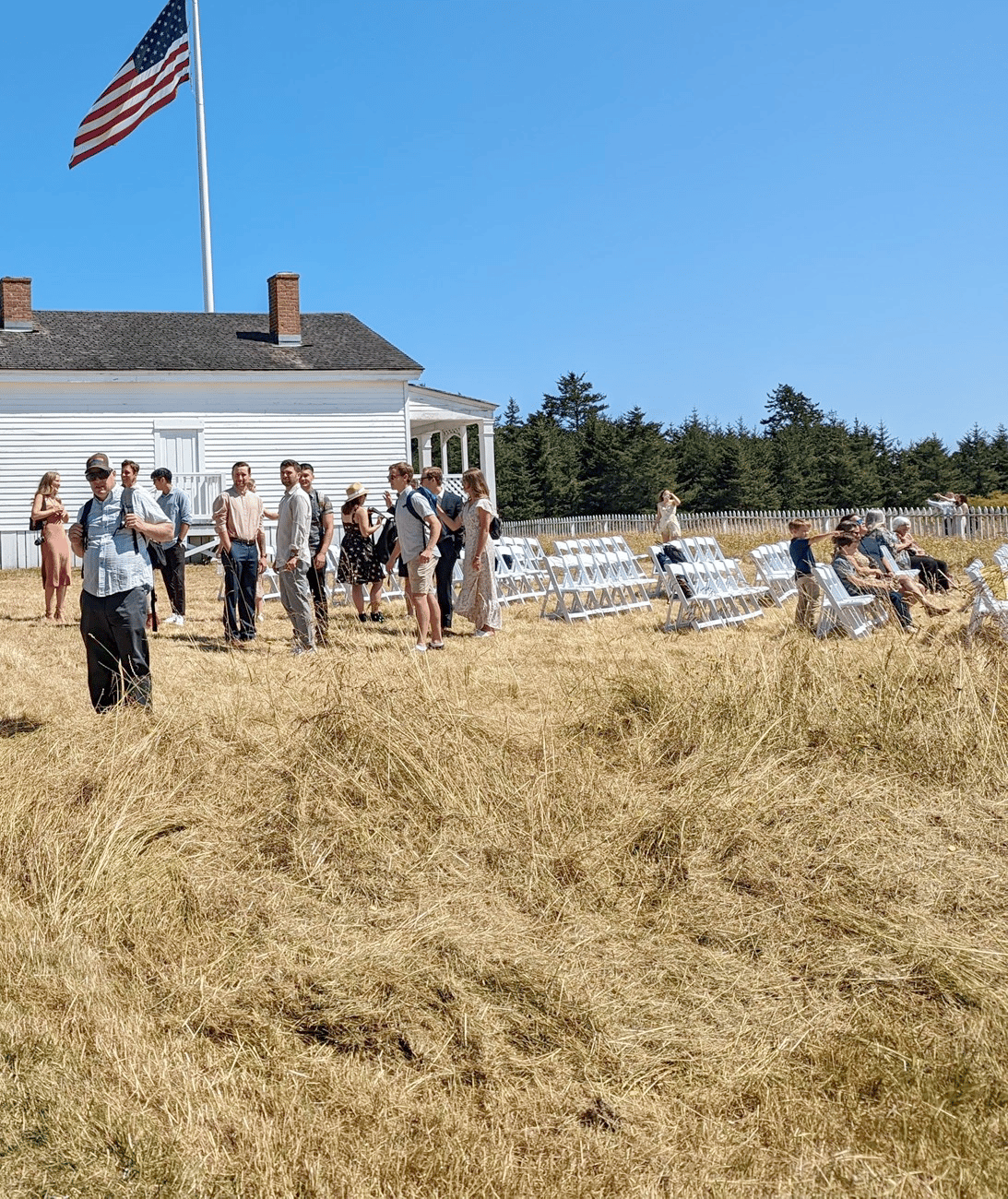
Things To Do At San Juan Island
- Visit San Juan Island National Historical Park: The park includes several historic sites, including the American and British camps, where the military forces were stationed during the border dispute. Visitors can take a self-guided tour of the camps and learn about the history of the island.
- Go whale watching: San Juan Island is known for its resident orca whale population, which can be seen from various locations around the island. Several companies offer whale watching tours, which provide a unique opportunity to see these magnificent creatures up close.
- Explore Lime Kiln Point State Park: This park offers stunning views of the Salish Sea and is a popular spot for whale watching. Visitors can also explore the park’s historic lime kilns, which were used in the early 20th century to produce lime for construction and agriculture.
- Take a hike: San Juan Island offers several hiking trails, ranging from easy to challenging. The trails offer scenic views of the island’s forests, beaches, and wildlife.
- Visit local farms and wineries: San Juan Island is home to several farms and wineries, which offer tours and tastings. Visitors can sample locally grown produce and wines, and learn about the island’s agricultural history.
- Explore the town of Friday Harbor: The island’s main town offers a variety of shops, galleries, and restaurants. Visitors can stroll through the historic downtown area, visit the Whale Museum, and enjoy the island’s unique culture and charm.
- Go kayaking: San Juan Island’s calm waters and sheltered coves make it an ideal destination for kayaking. Several companies offer guided kayaking tours, which provide a unique perspective on the island’s natural beauty and wildlife.
- Relax on the beach: San Juan Island has several beaches, ranging from secluded coves to popular swimming spots. Visitors can relax on the beach, soak up the sun, and enjoy the island’s natural beauty.
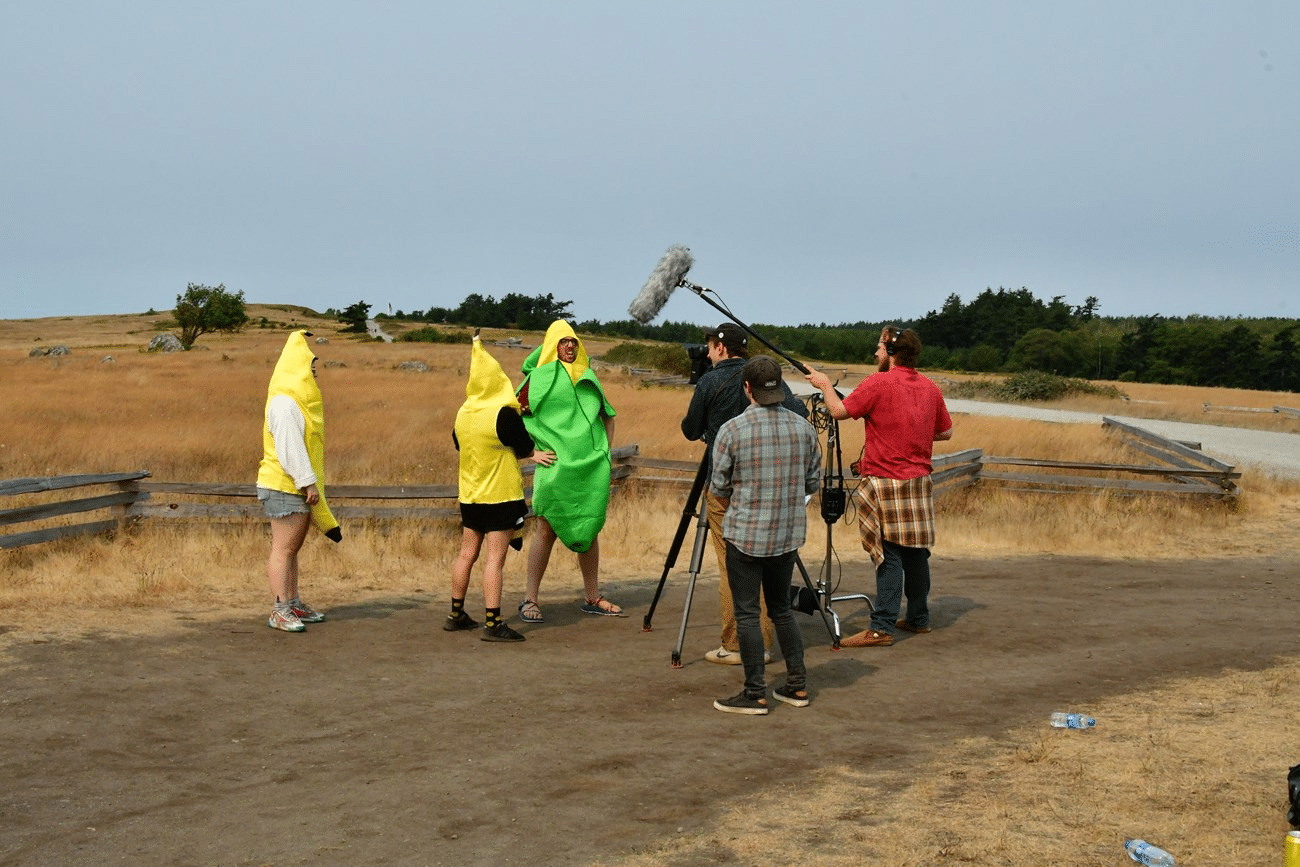
14. The Enchantments
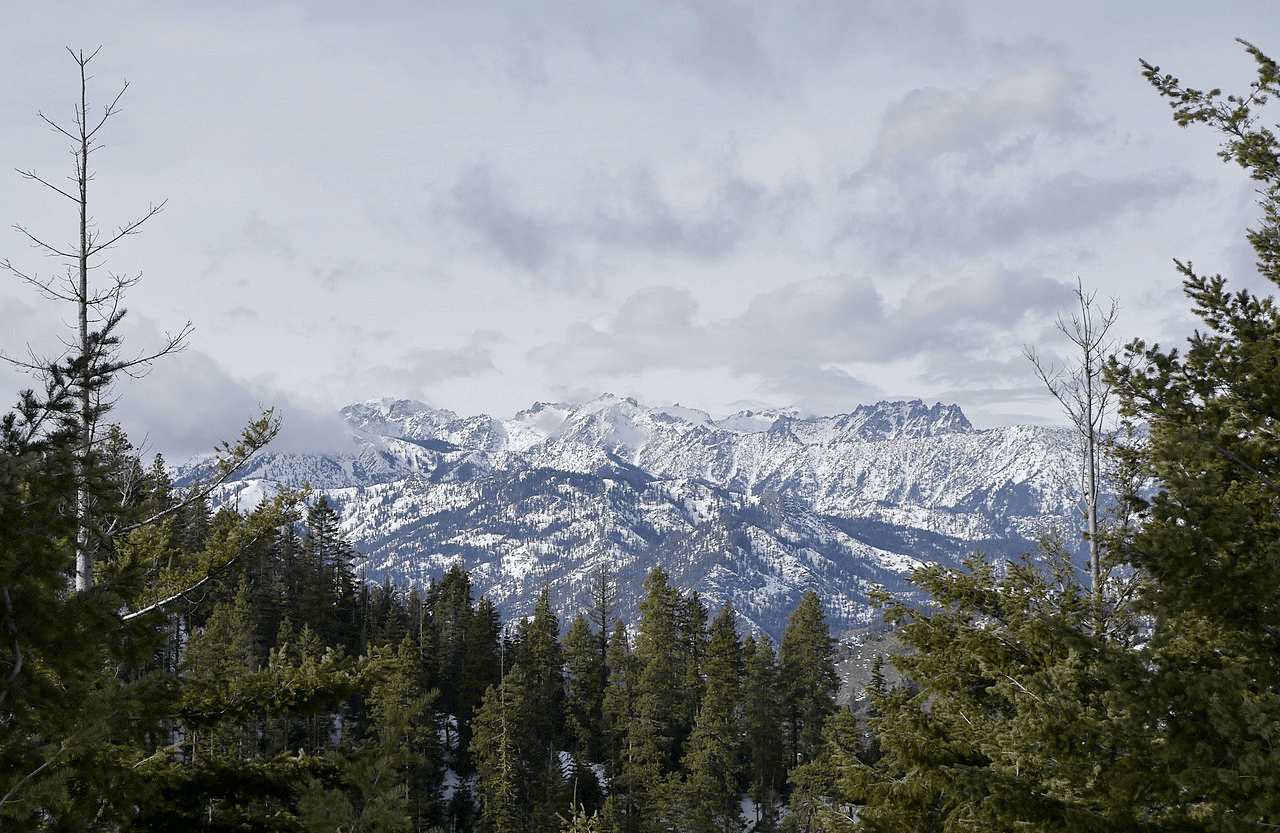
At #14 on our list of the Best Historic Sites In Washington is The Enchantments. It’s a wilderness area located in the Wenatchee National Forest in Washington that is known for its rugged alpine terrain, crystal-clear lakes, and stunning views of the Cascade Mountains.
The area is popular among hikers, backpackers, and climbers and is considered one of the most beautiful and scenic wilderness areas in the Pacific Northwest.
The name “The Enchantments” comes from a legend of a powerful spirit who lived in the area and enchanted the landscape with its beauty. The area has been inhabited by the indigenous people for thousands of years, and the legend of the spirit is a part of the local mythology.
The Enchantments were first officially protected as a wilderness area in 1976 and since then, it has been managed by the U.S. Forest Service. The wilderness area covers an area of about 18,865 acres (7,622 hectares) and includes peaks such as Little Annapurna and Prusik Peak, as well as several lakes, including Colchuck Lake, and the Enchantment Lakes.
Challenging & Rugged Terrain
The Enchantments is known for its challenging and rugged terrain, with steep mountain slopes, rocky terrain and alpine lakes. The area is a popular destination for hikers, backpackers, and climbers, who come to enjoy the stunning views, crystal-clear lakes, and diverse wildlife. It’s also a unique place to see wildflowers in the summer months.
The Enchantments is a popular destination and requires a permit to visit between the months of May 15th and October 31st. The permit system has been implemented to protect the fragile ecosystem and to ensure that visitors have an enjoyable and sustainable experience.
The area is also closed to overnight camping during the winter months to protect the area from damage caused by heavy snow and cold temperatures.
Overall, The Enchantments is a unique and beautiful wilderness area with a rich history and legend, that offers visitors the opportunity to experience the natural beauty of the Pacific Northwest and the rugged alpine terrain of the Cascade Mountains.
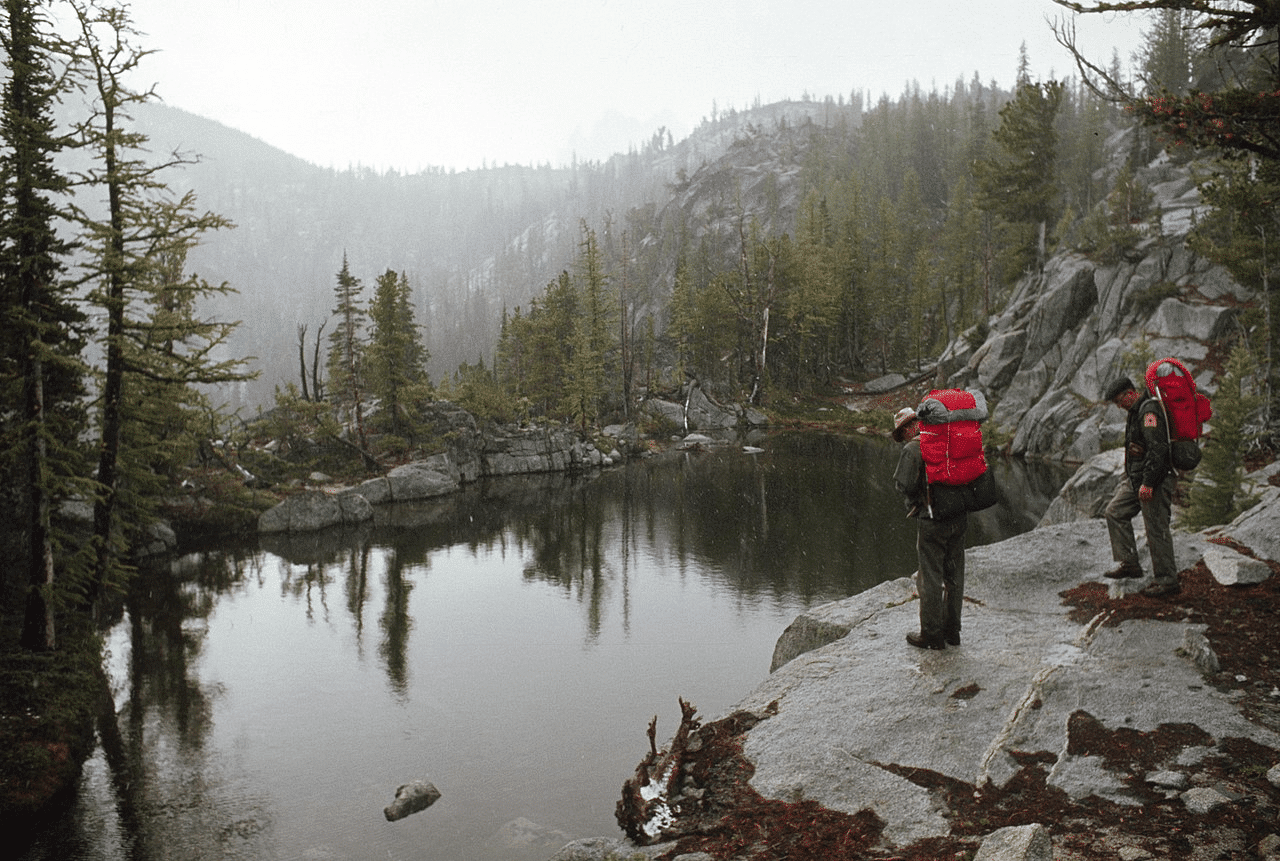
13. Whitman Mission National Historic Site
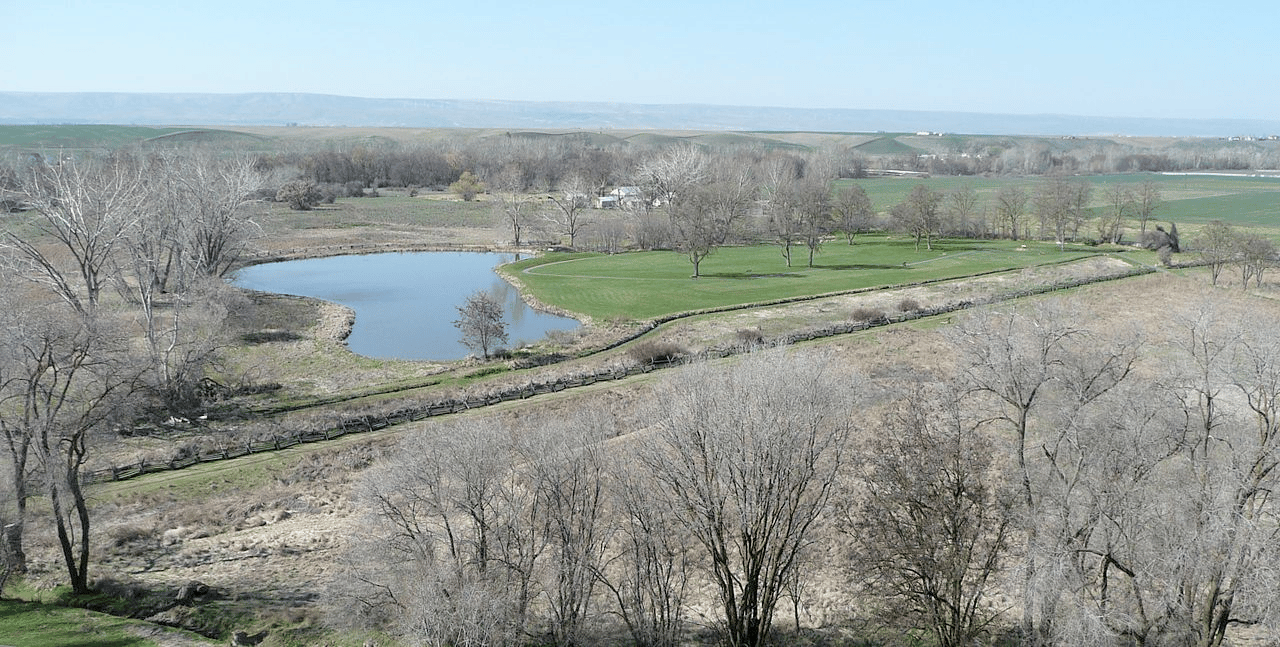
Washington is a state with many natural and man-made wonders. Our next historic site is a case in point. At #13 is the Whitman Mission National Historic Site.
The Whitman Mission National Historic Site is located in Walla Walla County, Washington. The site preserves the remains of the Whitman Mission, which was established by Marcus and Narcissa Whitman in 1836.
The mission was a religious and educational center for the Cayuse Native American tribe and served as a hub for American settlement in the Pacific Northwest. The mission was attacked and destroyed by the Cayuse in 1847, resulting in the deaths of Marcus and Narcissa Whitman and several other mission residents.
The site includes the remains of the mission, a visitor center with exhibits about the history of the mission and the region, and a self-guided trail that leads to the mission site and other historical features.
The site is operated by the National Park Service and is open to the public for tours and educational programs. It is also a popular spot for historical research and genealogy.
12. Fort Vancouver National Historic Site

If you enjoy military history then you’ll love our next historic site. It’s Fort Vancouver National Historic Site. Located in Vancouver, Washington, it preserves the remains of Fort Vancouver, which was established in 1824 by the British Hudson’s Bay Company.
The fort was a key trading post for the fur trade in the Pacific Northwest and served as the regional headquarters for the company’s operations in the region. It was also an important center for the development of agriculture and industry in the area.
In 1846, the United States and Great Britain settled their disputes over the Pacific Northwest territory, and the fort was ceded to the United States in 1849. It was used as a military post and supply depot by the U.S. Army during the Indian Wars and the American Civil War. The fort was decommissioned in 1866, and the buildings fell into disrepair.
Things To Do
Here are some things you can do when you visit:
- Visit the fort: Explore the replica of the Hudson’s Bay Company’s Fort Vancouver, which was originally built in the early 1800s. The fort is a great place to learn about the history of the Pacific Northwest and the fur trade.
- Walk the trails: Take a stroll along the park’s many scenic trails, which offer beautiful views of the Columbia River and the surrounding mountains.
- Attend a ranger-led program: Participate in a ranger-led program, which can include guided tours of the fort, educational talks, and hands-on activities.
- Check out the Pearson Air Museum: Visit the Pearson Air Museum, which is located on the site and houses historic airplanes and exhibits about aviation history.
- Visit the Visitor Center: Visit the park’s Visitor Center to learn more about the history of the site, pick up maps and guides, and purchase souvenirs.
- Picnic: Enjoy a picnic lunch in the park’s picnic area, which features tables, grills, and scenic views.
- Attend special events: Attend special events held throughout the year, including living history demonstrations, cultural celebrations, and music festivals.
- Explore Officer’s Row: Take a stroll down Officer’s Row, a historic street lined with beautifully restored Victorian-era homes that once housed officers stationed at Fort Vancouver.
- Visit the garden: Check out the Fort Vancouver Garden, a replica of the 19th-century Hudson’s Bay Company kitchen garden that provides a glimpse into the past.
- Watch wildlife: Keep an eye out for wildlife in the park, including bald eagles, osprey, and beavers.
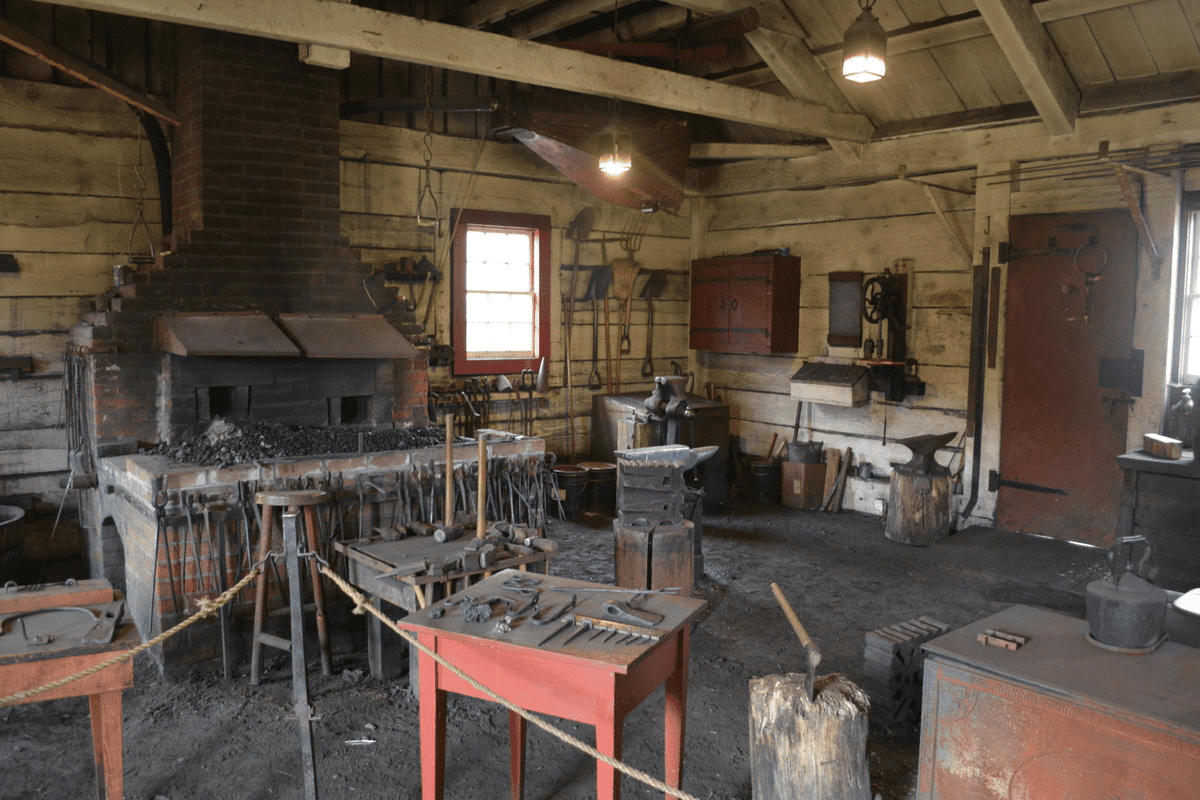
11. Ginkgo Petrified Forest State Park
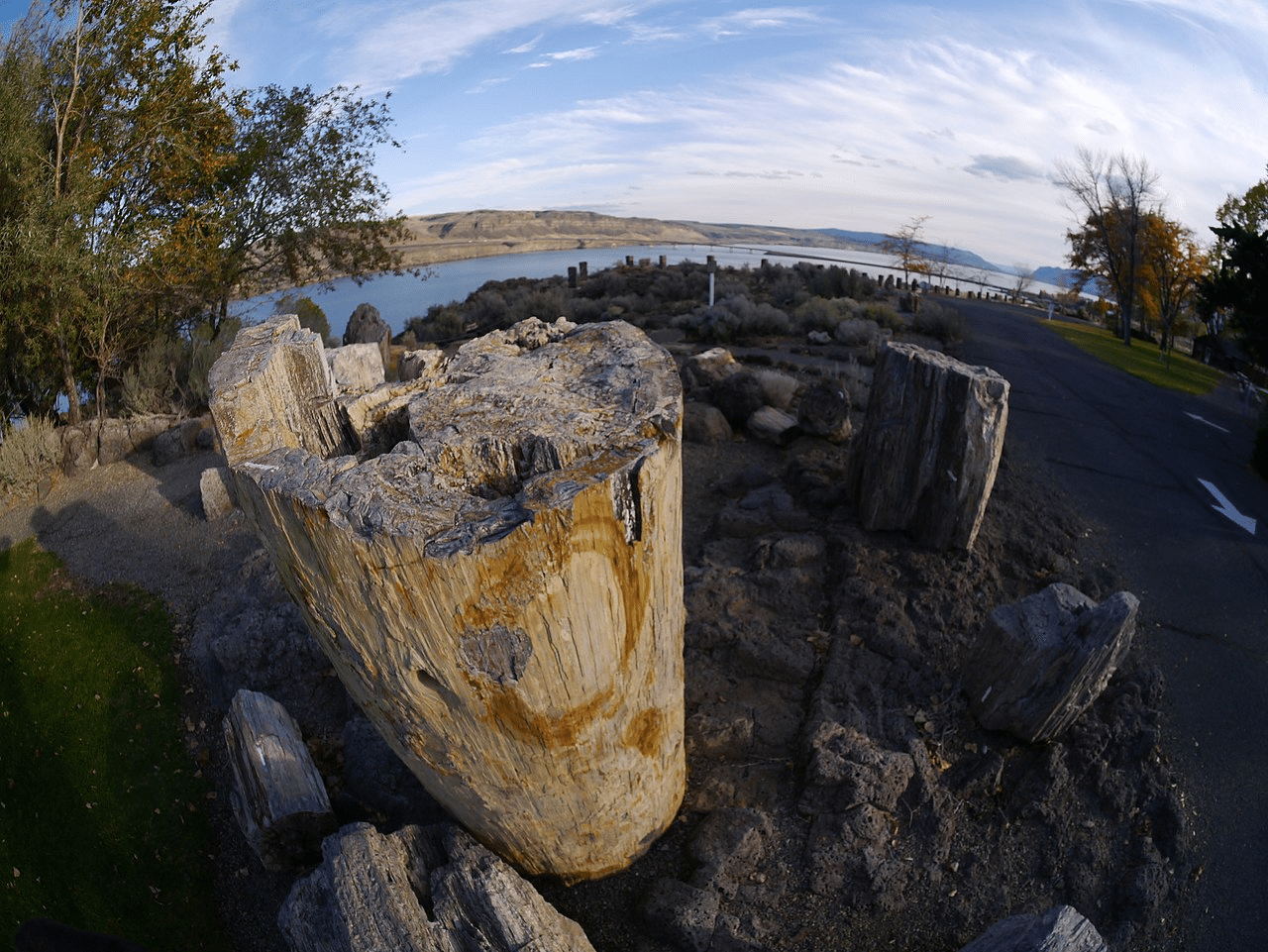
Our next historic site is a geologic wonder that’s got to be seen to be believed. At #11 on our list of the Best Historic Sites In Washington is the Ginkgo Petrified Forest State Park.
The Ginkgo Petrified Forest State Park is located in central Washington State. The park is named after the petrified trees that are found in the area, which are believed to be ginkgo trees that lived around 20 million years ago.
The park covers an area of 7,470 acres and is home to one of the largest and most diverse collections of petrified wood in the world.
The Ginkgo Petrified Forest State Park is situated on an ancient floodplain, where a large river once flowed. The river carried logs and other debris from the surrounding forests, which were then buried in sediment and eventually turned into stone. The petrified wood that is found in the park is the result of this process, which took place over millions of years.
The Park Is Home To Some Amazing Geologic Features
The park is also home to other geological features such as basalt cliffs, canyons, and a variety of fossilized plants and animals. Visitors can explore these features by taking a hike on the park’s trails and visiting the park’s interpretive center. It also offers picnic areas, camping, and other amenities for visitors to enjoy.
The park has been a protected area since the 1930s, and it was officially designated as a State Park in the 1950s. The park is open to the public year-round, and it receives thousands of visitors every year. The park’s petrified wood collection is considered a significant scientific resource, and it has been studied by scientists from around the world.
Ginkgo Petrified Forest State Park is a place where visitors can see evidence of ancient forests and learn about the processes that have shaped our planet over millions of years. The park’s natural beauty, geological features, and rich history make it an enjoyable and educational destination for visitors of all ages.
Top 10 Historic Sites In Washington
10. Arthur Foss Tugboat

We’re on to the Top 10 Historic Sites In Washington. At #10 is the story of a tugboat, but it’s not just any tugboat.
The Arthur Foss is a historic tugboat that was built in 1889. Originally named the Wallowa, the tugboat was used for towing log rafts and barges on the Columbia River and along the Pacific coast.
It was later renamed Arthur Foss and operated by Foss Tug & Barge Company, which was founded by Thea Foss, one of the first woman entrepreneurs in the Pacific Northwest.
In the early 20th century, the Arthur Foss was used to tow ships and barges across the Pacific Ocean, including to Alaska during the gold rush.
Arthur Foss In World War Two
During World War II, the tugboat was requisitioned by the U.S. Navy and used to tow ships and barges to various locations, including the Aleutian Islands and Hawaii. After the war, the Arthur Foss returned to commercial service, continuing to tow ships and barges along the Pacific coast.
In 1968, the Arthur Foss was retired from commercial service and was donated to the Northwest Seaport, a maritime heritage organization in Seattle, Washington. The organization restored the tugboat to its original condition, and it is now a National Historic Landmark and a museum ship, open for tours and educational programs.
The Arthur Foss is one of the oldest wooden-hulled tugboats in the United States and is considered one of the most historically significant vessels of its kind in the Pacific Northwest. It’s currently docked at Lake Union Park, Seattle.

CHECK OUT: 20 MUST-SEE Historic Sites In California
9. Deception Pass Bridge
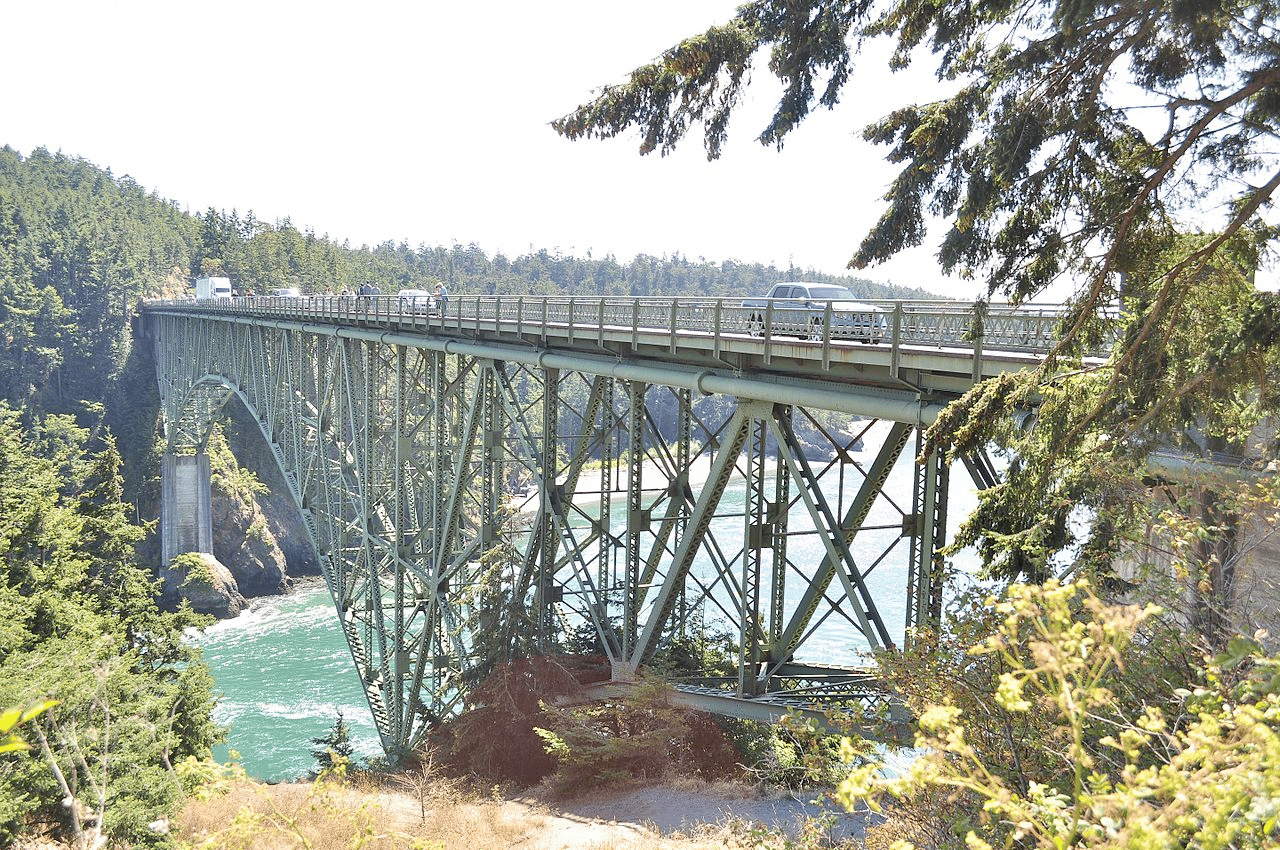
Our next site at #9 is a historic bridge located in Washington. It connects Fidalgo Island and Whidbey Island, crossing over the Deception Pass strait. It’s Deception Pass Bridge.
The bridge was built in 1935 and opened to traffic in July of that year. It is considered an engineering and architectural marvel, and its graceful design and scenic location make it a popular destination for tourists and locals alike.
The bridge is 180 feet (55 meters) high and 1487 ft (453 meters) long, and it is crossed by over 20,000 vehicles every day.
It is the most-visited bridge in Washington State, and the Deception Pass State Park offers several opportunities to view and access the bridge. The park offers a scenic spot for visitors to enjoy the sunset and the faraway views of the bridge.
A Popular Spot For Photography & Nature Enthusiasts
It’s also a popular spot for photography enthusiasts and nature watchers. The bridge itself is a mesmerizing sight, and the surrounding area offers plenty of opportunities to photograph the natural beauty of the Pacific Northwest.
The bridge is also a popular spot for fishing, boating, and other recreational activities.
Deception Pass Bridge was added to the National Register of Historic Places in 1982, recognizing its significance as a historic landmark.
The bridge is a testament to the engineering and architectural skills of the builders and engineers who designed and constructed it, and it continues to be an important and beloved part of Washington State’s history and culture.
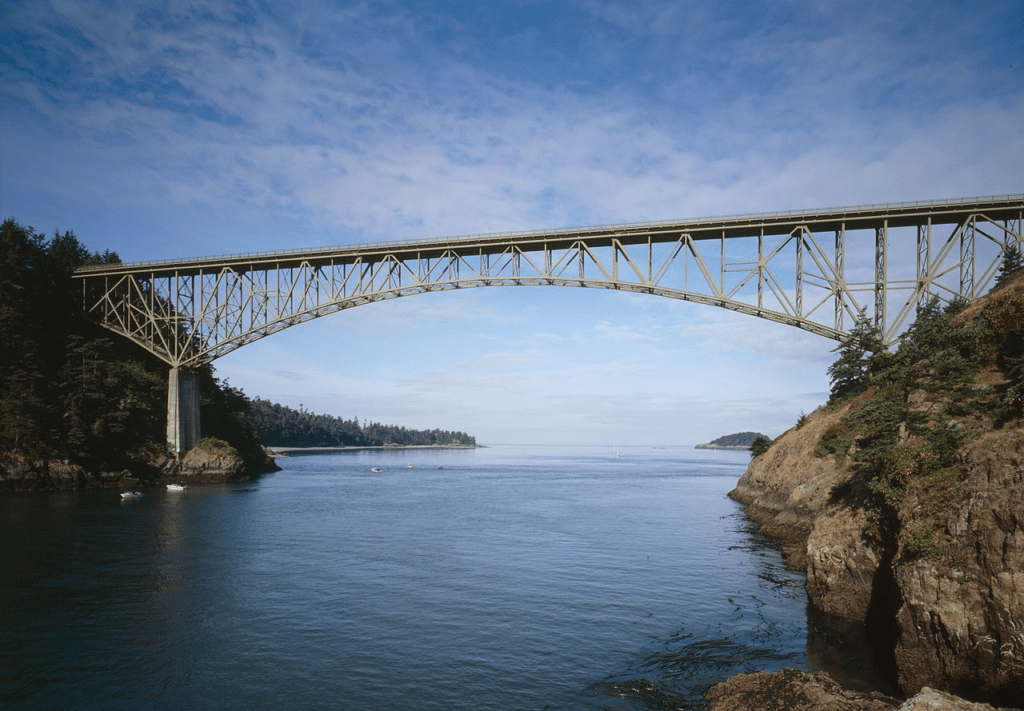
CHECK OUT: 15 MUST-SEE Historic Sites In Georgia
8. Fort Worden Historical State Park
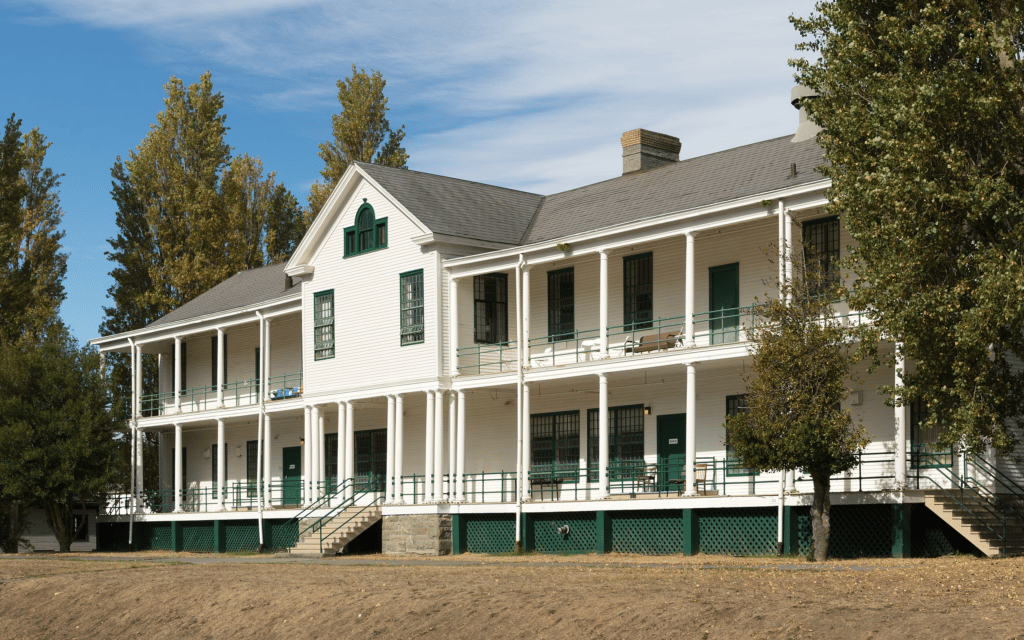
Coming in at #8 on our list of the Best Historic Sites In Washington is Fort Worden Historical State Park.
It’s a 432-acre multi-use park located in Port Townsend, Washington, that was established in the early 20th century as a coastal defense fort to protect the Puget Sound area during World Wars I and II.
The fort was named after Rear Admiral John L. Worden, who commanded the USS Monitor during the American Civil War.
It was built between 1897 and 1902 and it was outfitted with a variety of coastal defense batteries, including two 12-inch (30.48 cm) guns, two 6-inch (15.24 cm) guns, and several smaller guns.
The fort also had barracks, a hospital, and other buildings to support the troops stationed there. The fort was in active service from 1902 to 1953, and it was used to train soldiers and sailors during World War II.
It Was Declared “Surplus Property”
After the war, the fort was declared surplus property and was transferred to the state of Washington in 1957. Since then, the fort has been repurposed as a multi-use park and conference center, and it offers a wide range of services and facilities to visitors.
The park includes several historical buildings, such as the Commanding Officer’s House, the Marine Science Center, and the Puget Sound Coast Artillery Museum. The park also has a full-service conference center, which can be booked for daylong or multi-day events.
Two Miles Of Saltwater Shoreline
It also features 2 miles of saltwater shoreline, where visitors can enjoy recreational activities such as swimming, boating, and fishing. The park also offers hiking trails and picnic areas, as well as a restaurant, gift shop, and other amenities. It’s also home to the 1914 Point Wilson Lighthouse, which is open to visitors seasonally.
The park is popular among history buffs and visitors interested in exploring the area’s military history. The fort is a well-preserved example of early 20th-century coastal defense architecture, and it offers visitors a glimpse into the history of the Puget Sound area and the United States military.
CHECK OUT: 5 MUST-SEE Historic Sites In Missouri
7. The Ape Caves, Gifford Pinchot National Forest

Next up is a geologic wonder that needs to be seen to be believed. At #7 on our list of the Best Historic Sites In Washington is the Ape Caves.
The Ape Caves are a lava tube system located in the Gifford Pinchot National Forest in Washington.
The caves were formed 2000 years ago by molten lava flowing through the area. The caves consist of two main caves, the Upper Cave and the Lower Cave.
The Upper Cave is a rugged 1.5 mile (2.41 kilometre) cave that can only be accessed in one direction, and has some areas that are narrow and require visitors to squeeze through to reach the Skylight.
The Skylight is a hole in the cave ceiling that allows natural light to enter the cave, and is located 1.2 miles (1.93 kilometres) from the cave entrance.
The Lower Cave, on the other hand, is an easy 1/3 mile, that is accessible from the surface, and is a family-friendly option for exploring the cave.
Visiting the Ape Caves is a unique experience that allows visitors to explore the underground lava tube and learn about the geology and natural history of the area.
CHECK OUT: Gifford Pinchot – A 2022 Lesson From America’s First Forester
6. Fort Nisqually Living History Museum
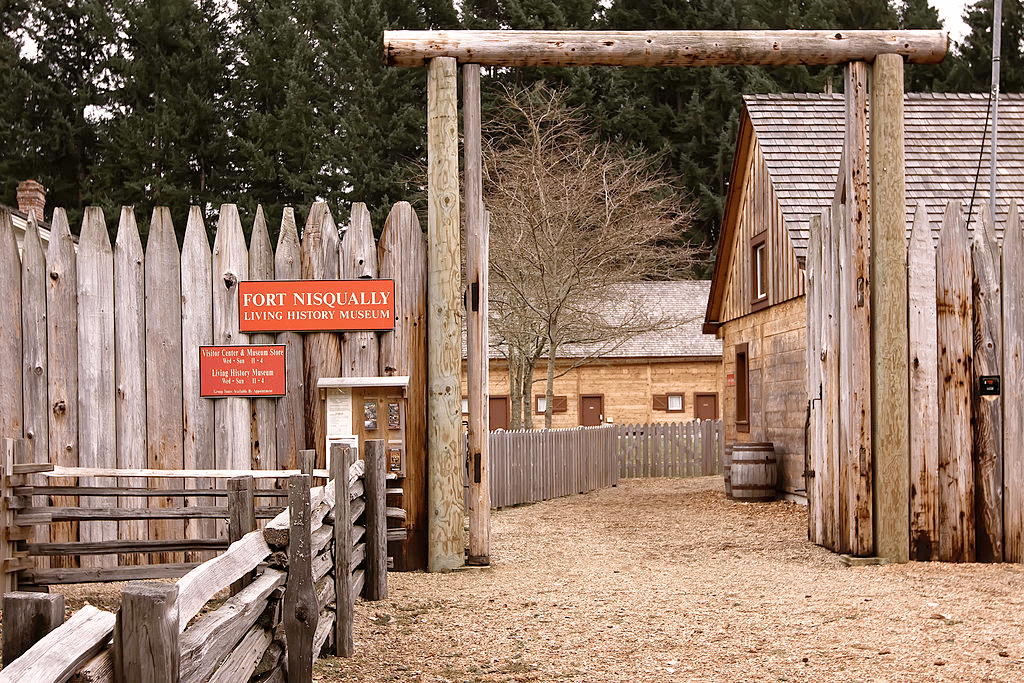
Imagine a living history museum. Fort Nisqually Living History Museum is #6 on our list. It’s located in Tacoma, Washington.
The site is a reconstruction of the original Fort Nisqually, which was built in 1833 by the Hudson’s Bay Company (HBC) as a trading post. It was the first European settlement in the Puget Sound area and played a significant role in the region’s early history.
The original Fort Nisqually was a fur trading post, where the Hudson’s Bay Company traded with the local indigenous people for beaver pelts and other valuable furs.
It also served as a center for agriculture, as the Hudson’s Bay Company established a farm at the site to grow crops such as wheat, oats, and potatoes. The fort was also a hub for transportation and communication, as it was a stopping point for travelers and a center for mail and trade.
The fort operated for more than 30 years before it was closed in 1869, and the site fell into disrepair. In the 1930s, the State of Washington purchased the site, and it was developed into a public park. The fort was reconstructed in the 1950s, and it was opened to the public as a living history museum in the 1960s.
It’s A Living History Museum
Fort Nisqually is a living history museum, which means that it is a reconstructed version of the original fort and it is staffed by costumed interpreters who demonstrate the daily life of the people who lived and worked at the fort in the 19th century.
Visitors can explore the fort’s buildings, gardens, and exhibits, and learn about the history of the Puget Sound area and the people who lived there.
The museum also offers educational programs, such as school field trips, summer camps, and special events, which are designed to educate visitors about the history of the fort and the Puget Sound area.
It’s a unique and fascinating destination that offers visitors a glimpse into the past and the opportunity to learn about the history of the Puget Sound area and the people who lived there.

CHECK OUT: 20 MUST-SEE Historic Sites In New York
The Top 5 Historic Sites In Washington
5. North Cascades National Park
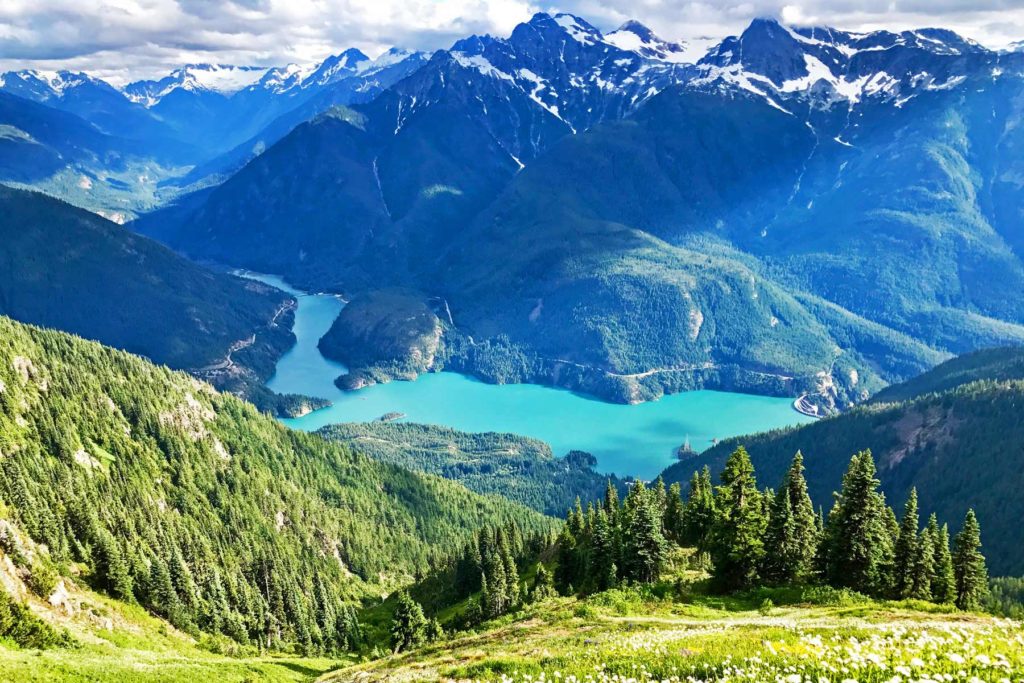
We’re More Than Just Parks, but our Top 5 Historic Sites In Washington include three national parks. At #5 we have North Cascades National Park.
This magnificent place will simply take your breath away. North Cascades National Park is referred to by some as the “American Alps” with mountain beauty that rivals any range on the planet, North Cascades is the crown jewel of the mighty cascade range.
One of three Washington state national parks, North Cascades is the least visited, the most difficult to access all around, and perhaps the most rewarding for those who are willing to dare.
A backpackers paradise to be sure, but it’s just not very approachable for the average national park/outdoors enthusiast. For that reason we had to dock it on amenities as there really aren’t any.
That said, the park’s interior is absolutely stunningly beautiful as a simple Google image search will show you, and its lack of crowds and backcountry offerings are a major plus.
If you’re interested in getting off the beaten path and seeing some amazing scenery, here’s your chance.
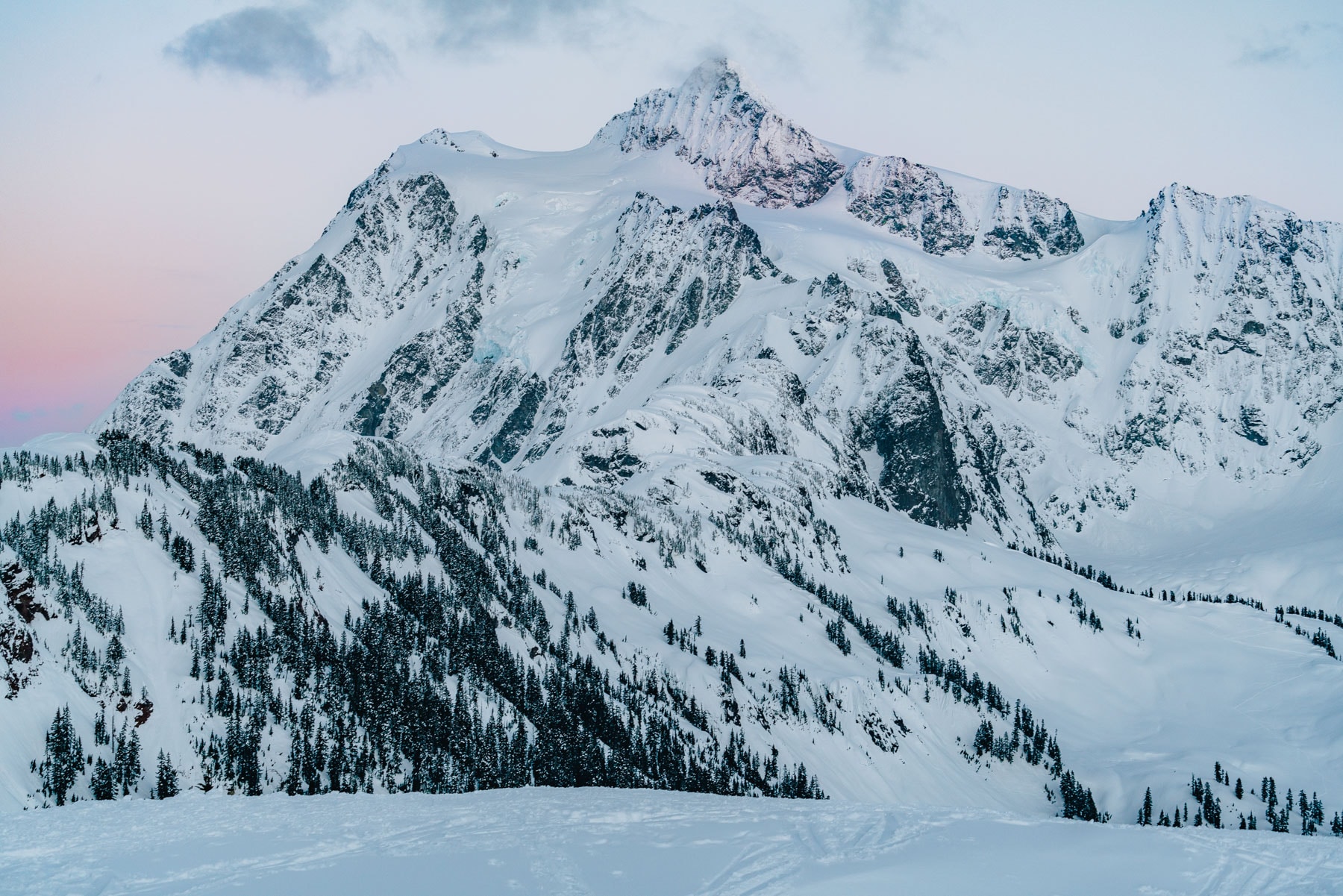
Things To Do
Here are some things to do at North Cascades National Park:
- Hiking: There are many hiking trails in the park, ranging from easy to strenuous. Some popular trails include the Thunder Creek Trail, the Diablo Lake Trail, and the Cascade Pass Trail.
- Camping: There are several campgrounds in the park, including the Newhalem Creek Campground, the Colonial Creek Campground, and the Goodell Creek Campground. Camping in North Cascades National Park is a great way to experience the natural beauty of the park up close.
- Boating and fishing: Visitors can enjoy boating and fishing in the park’s many lakes and rivers, including Diablo Lake and Ross Lake.
- Wildlife viewing: The park is home to a variety of wildlife, including black bears, mountain goats, and bald eagles. Visitors can often spot these animals while hiking or driving through the park.
- Scenic drives: There are several scenic drives in the park, including the North Cascades Highway and the Ross Lake Scenic Drive. These drives offer stunning views of the park’s rugged landscape.
- Ranger-led programs: The park offers a variety of ranger-led programs, including guided hikes, campfire talks, and wildlife viewing tours.
- Photography: North Cascades National Park offers plenty of opportunities for photography, with its stunning mountains, lakes, and forests.
- Winter activities: In the winter, visitors can enjoy skiing, snowshoeing, and other winter sports in the park’s backcountry.
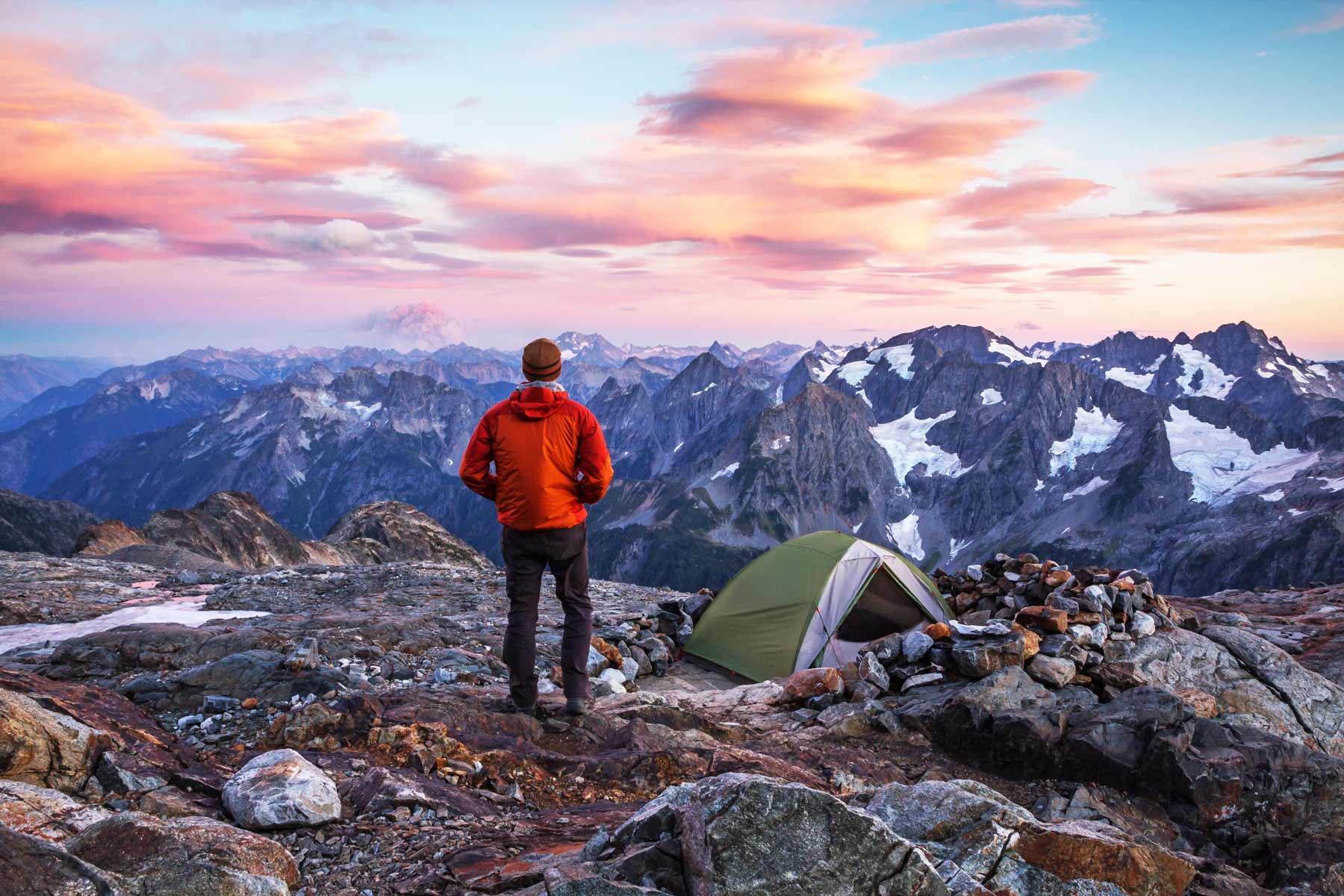
Best Time To Visit
The best time to visit North Cascades National Park is in the fall when crowds are minimal and the larches turn a vibrant yellow.
Fall hikes in the park are spectacular and you’ll practically have the run of the place!
Summer is also a good time with wildflowers and turquoise lakes.
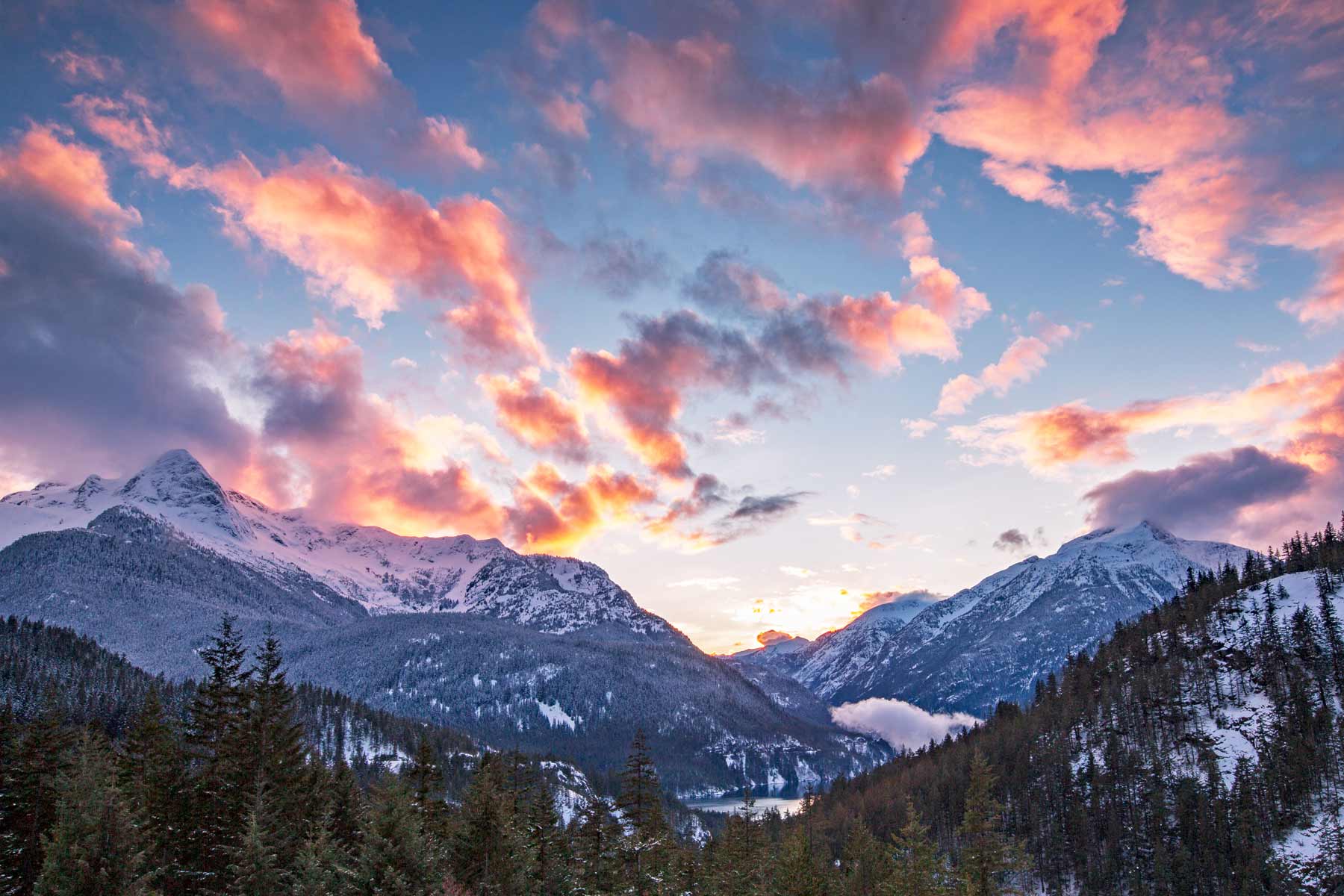
CHECK OUT: Washington’s National Parks Ranked
4. Space Needle

We’re on to the “Final Four.” At #4 is an iconic tower which was originally built for a World’s Fair. Welcome to the Space Needle.
The Space Needle is located in Seattle, Washington. It was built for the 1962 World’s Fair. The tower stands at 605 feet (184 meters) tall and offers panoramic views of the city and the surrounding area from its observation deck and rotating restaurant.
The design of the Space Needle was developed by Edward E. Carlson, who was the president of Western International Hotels (now Westin Hotels) at the time. He envisioned a tower that would symbolize the space age and the technological advancements of the time.
The design was inspired by the Stuttgart Tower in Germany, and was intended to be a futuristic-looking structure that would stand out in the skyline.
The Age Of Space
Construction of the Space Needle began in 1961 and was completed in time for the 1962 World’s Fair, which was held in Seattle. The fair, which was themed “The Age of Space,” attracted over 2.3 million visitors and was a major success.
The Space Needle quickly became an iconic symbol of Seattle and the Pacific Northwest and has since become one of the most recognizable structures in the world.
Over the years, the Space Needle has undergone several renovations to improve its facilities and to upgrade its structural integrity. In 2000, the tower was closed for a $20 million renovation, which included the installation of a glass floor in the observation deck, an upgrade to the elevators, and the addition of a gift shop and a café.
Today, the Space Needle is a major tourist attraction, welcoming millions of visitors each year. It is considered an emblematic feature of Seattle and the Pacific Northwest, and continues to be a symbol of innovation and progress.
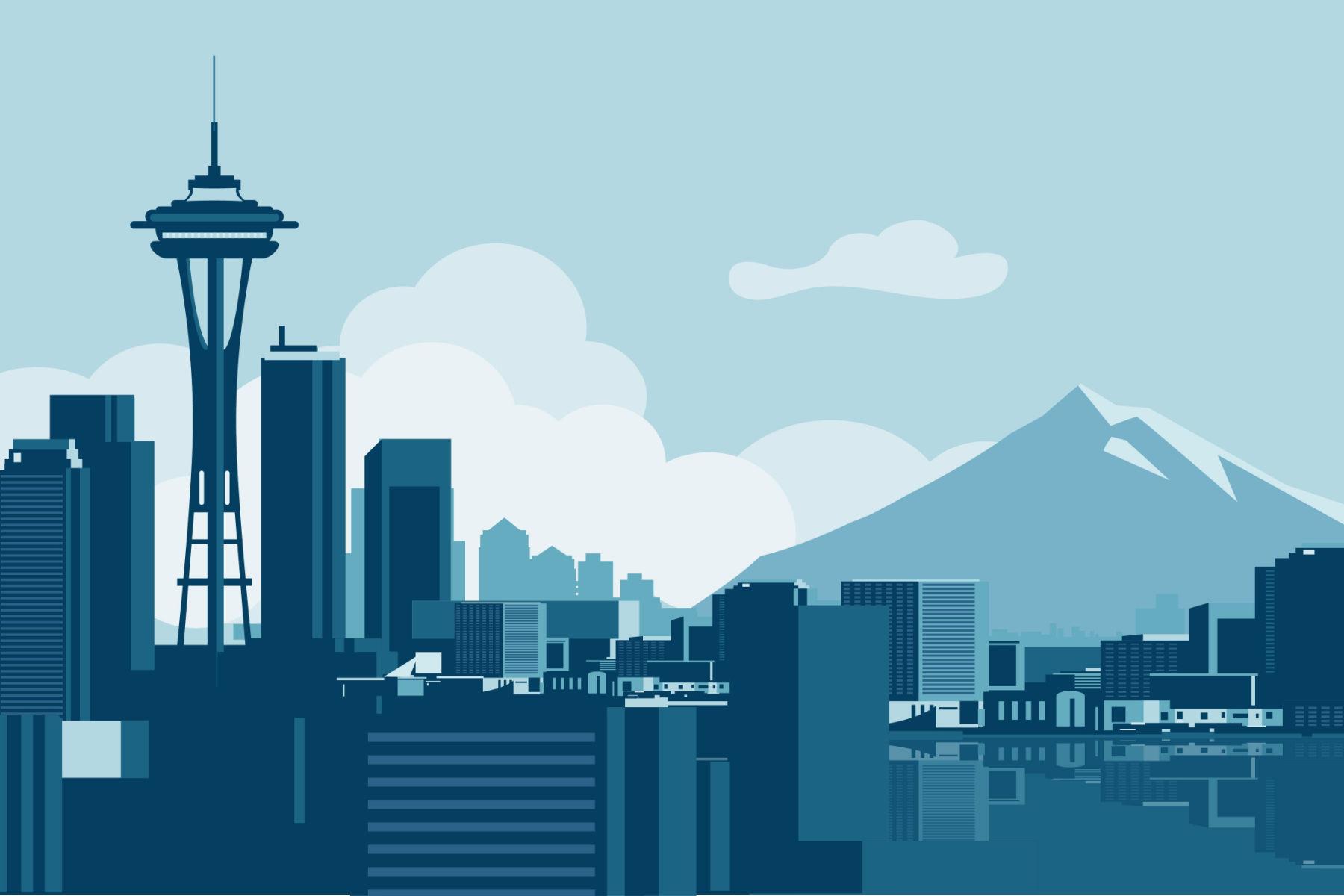
3. Mount Rainier National Park
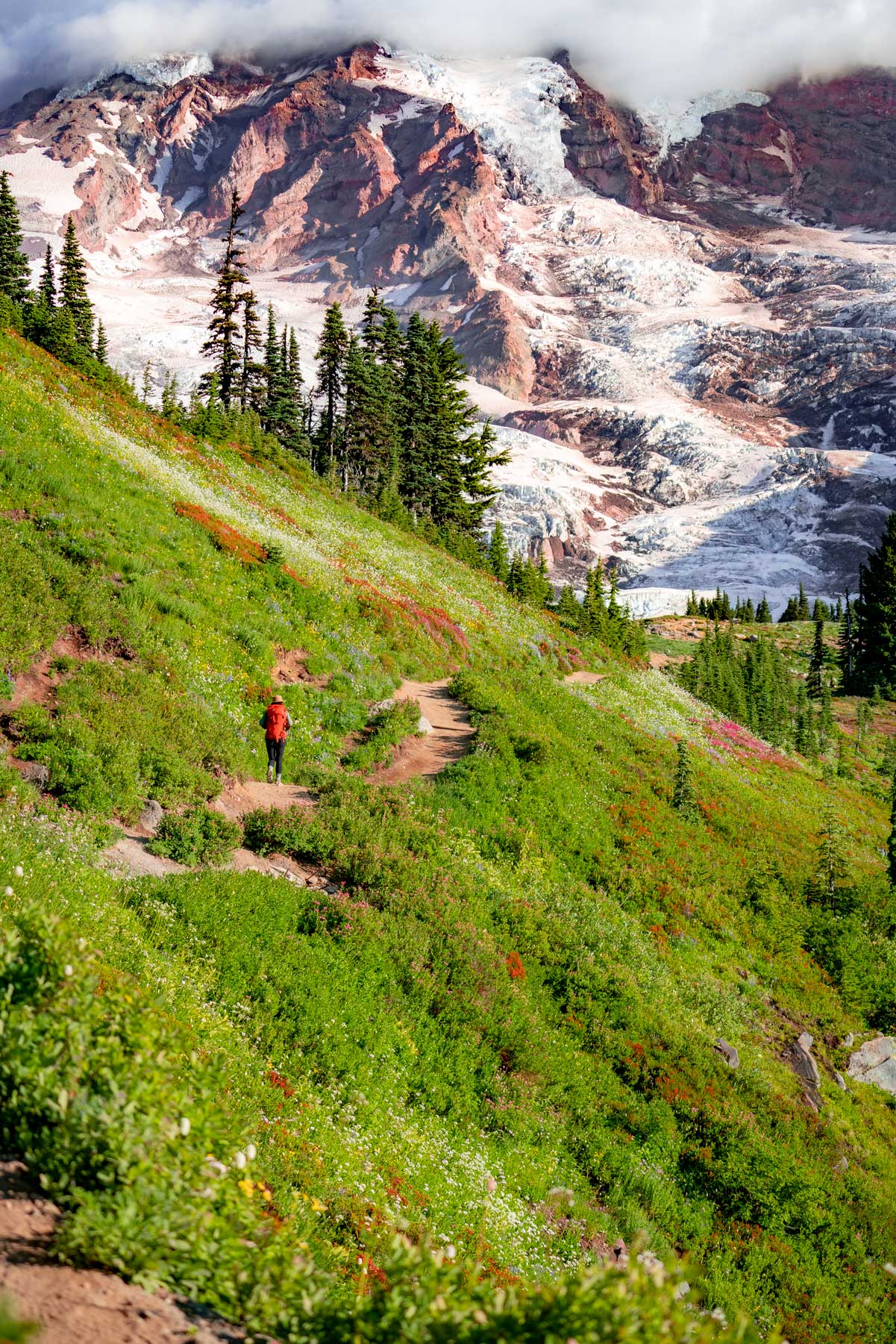
Next up at #3 is another magnificent national park. It’s Mount Rainier National Park.
John Muir referred to Mt. Rainier as: “The most luxuriant and the most extravagantly beautiful of all the alpine gardens I ever beheld in all my mountain-top wanderings”.
This most heavily glaciated peak in the contiguous U.S. is downright mesmerizing.
Similar to the feeling one gets when looking into the Grand Canyon, you can gaze upon this mountain for hours without fathoming what exactly you’re looking at.
This park has so much more to offer than the magnificently glaciated mountain surrounded by carpets of the most beautiful wildflowers you’ve ever seen.
It has vast old growth forests, clear blue rivers, abundant wildlife, countless vistas, and so many wonderful hiking opportunities.
Summer crowds can be troublesome and wildfires seem to be more present with each passing year, but plan accordingly and you’ll be amazed by this immensely beautiful national park.
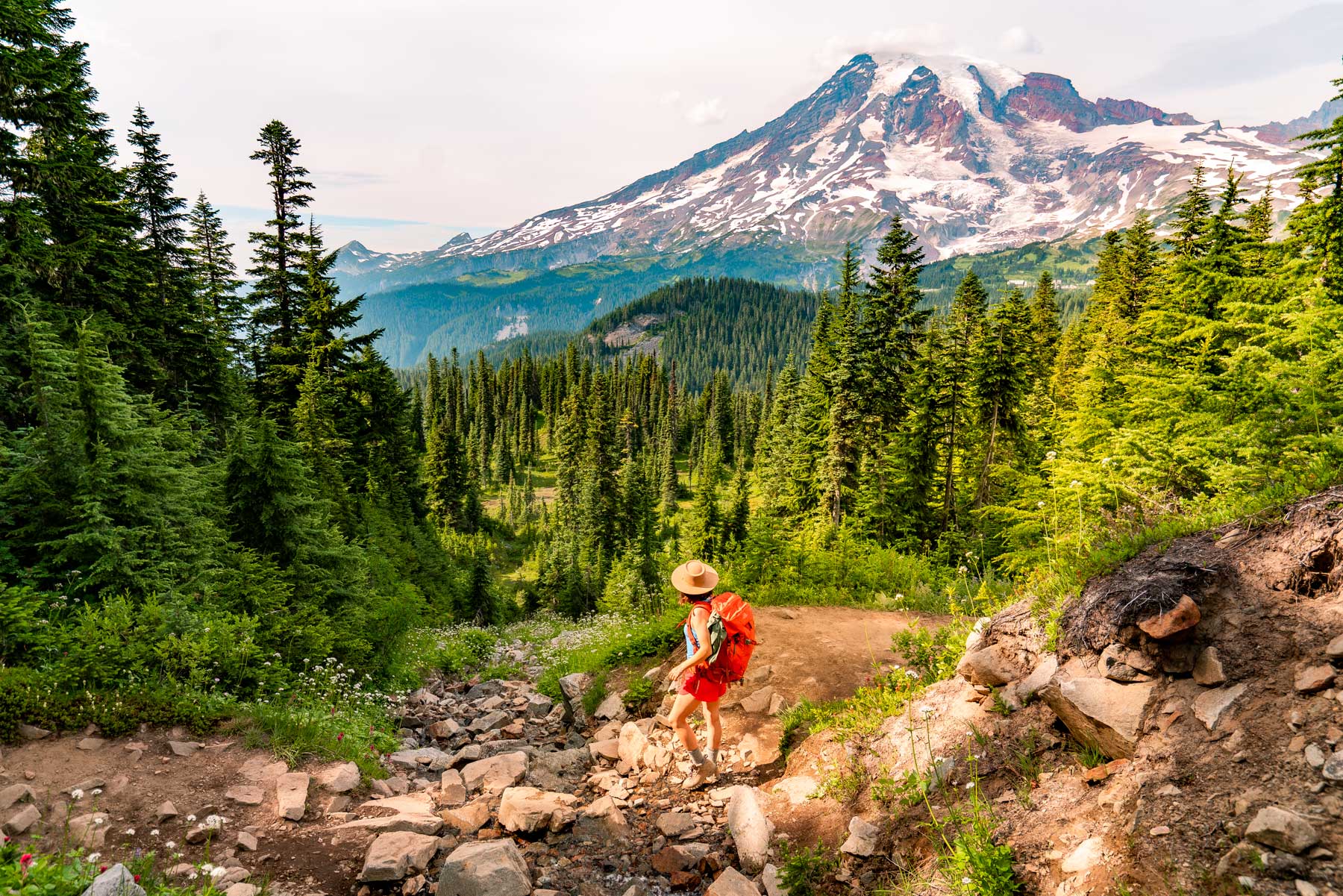
Getting to Mount Rainier National Park
Mt Rainier National Park is located in the western part of Washington State and looms large over the Seattle landscape.
The park itself is located just 2.5 hours south from Seattle. The closest airport to Mt Rainier is Sea-Tac which is just 2 hours from the park’s Longmire entrance.
CHECK OUT: 20 AMAZING THINGS TO DO IN MOUNT RANIER NATIONAL PARK
Things To Do At The Park
Here are some things you can do during your visit:
- Hiking: Mount Rainier has over 260 miles of hiking trails, ranging from easy strolls to challenging alpine climbs. The famous Wonderland Trail is a 93-mile trek that circumnavigates the entire mountain.
- Scenic Drives: Drive the 150-mile Chinook Scenic Byway, which offers stunning views of the mountain and surrounding wilderness.
- Wildlife Watching: The park is home to a variety of wildlife, including black bears, elk, deer, and mountain goats. Keep your eyes open for them during your visit.
- Camping: The park has several campgrounds, including the popular Paradise and Ohanapecosh campgrounds. There are also backcountry campsites available for backpackers.
- Climbing: Mount Rainier is a popular destination for mountaineers, with several routes to the summit ranging from beginner to expert level.
- Snowshoeing and Cross-country Skiing: In the winter, the park transforms into a winter wonderland, with opportunities for snowshoeing and cross-country skiing.
- Ranger-led Programs: Join a ranger-led program to learn about the park’s history, geology, and wildlife.
- Picnicking: There are many scenic spots throughout the park where you can enjoy a picnic lunch or dinner.
- Photography: The park’s stunning scenery offers endless opportunities for photography, from wildflowers in the meadows to alpine lakes and glaciers.
- Visitor Centers: The park has several visitor centers where you can learn about the park’s history and ecology, as well as get information about trails and activities.
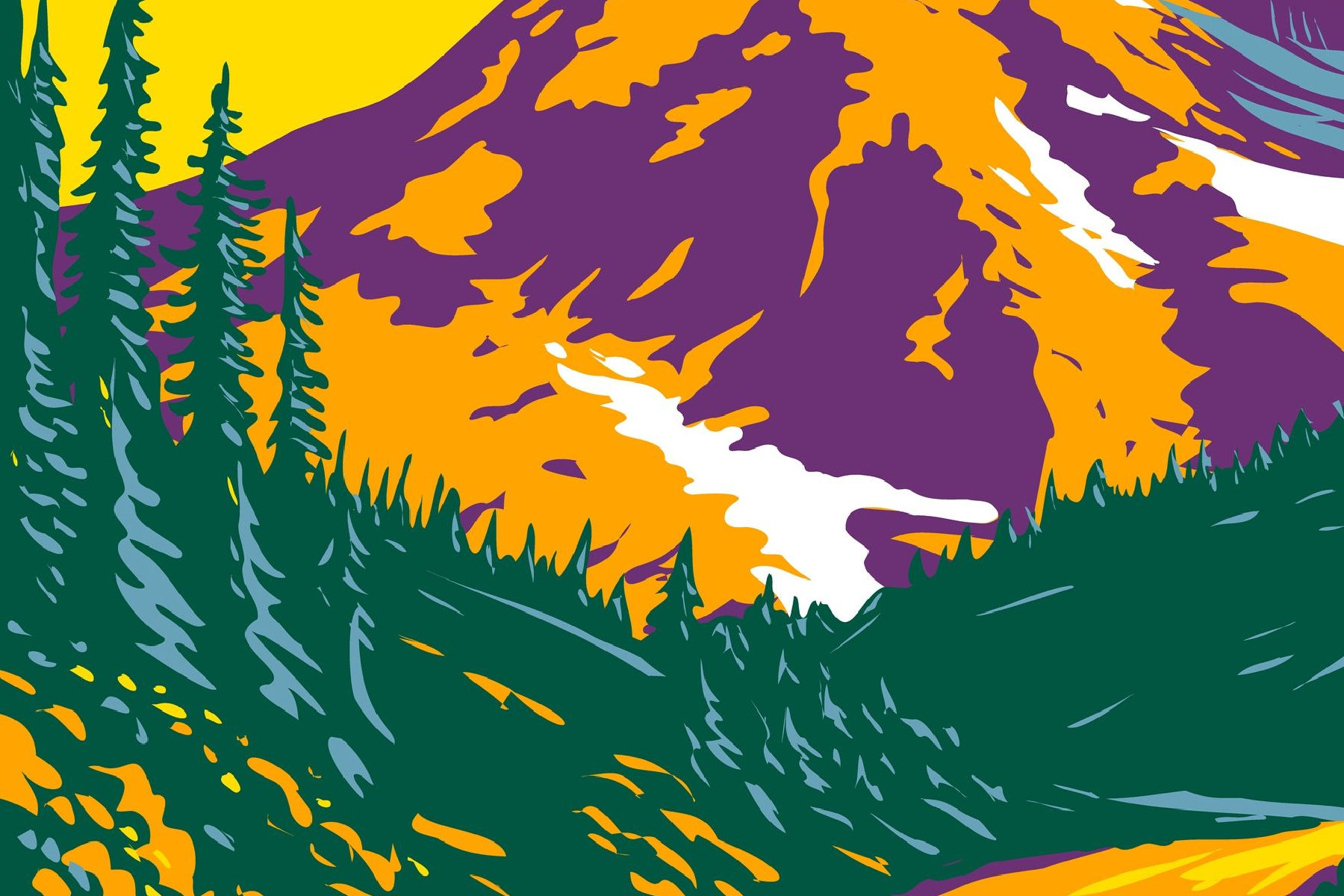
2. Mount St. Helens National Volcanic Monument
In the runner-up spot at #2 on our list of the Best Historic Sites In Washington is Mount St. Helens National Volcanic Monument.
Mount St. Helens National Volcanic Monument is located in the state of Washington. It was established in 1982, to protect and preserve the area around Mount St. Helens, a volcanic peak that experienced a catastrophic eruption in 1980.
Mount St. Helens is a stratovolcano that had been dormant for over 100 years before the eruption. On May 18, 1980, a massive landslide on the north side of the mountain triggered a powerful explosive eruption that sent ash and debris high into the atmosphere.
The eruption caused widespread destruction, including the deaths of 57 people, the destruction of more than 200 homes and buildings, and the loss of thousands of acres of forest.
The area around Mount St. Helens was designated a National Monument by President Ronald Reagan in 1982, to protect and preserve the natural and cultural resources affected by the eruption. The monument is managed by the U.S. Forest Service and covers an area of 110,000 acres (445 square kilometers) around the volcano.
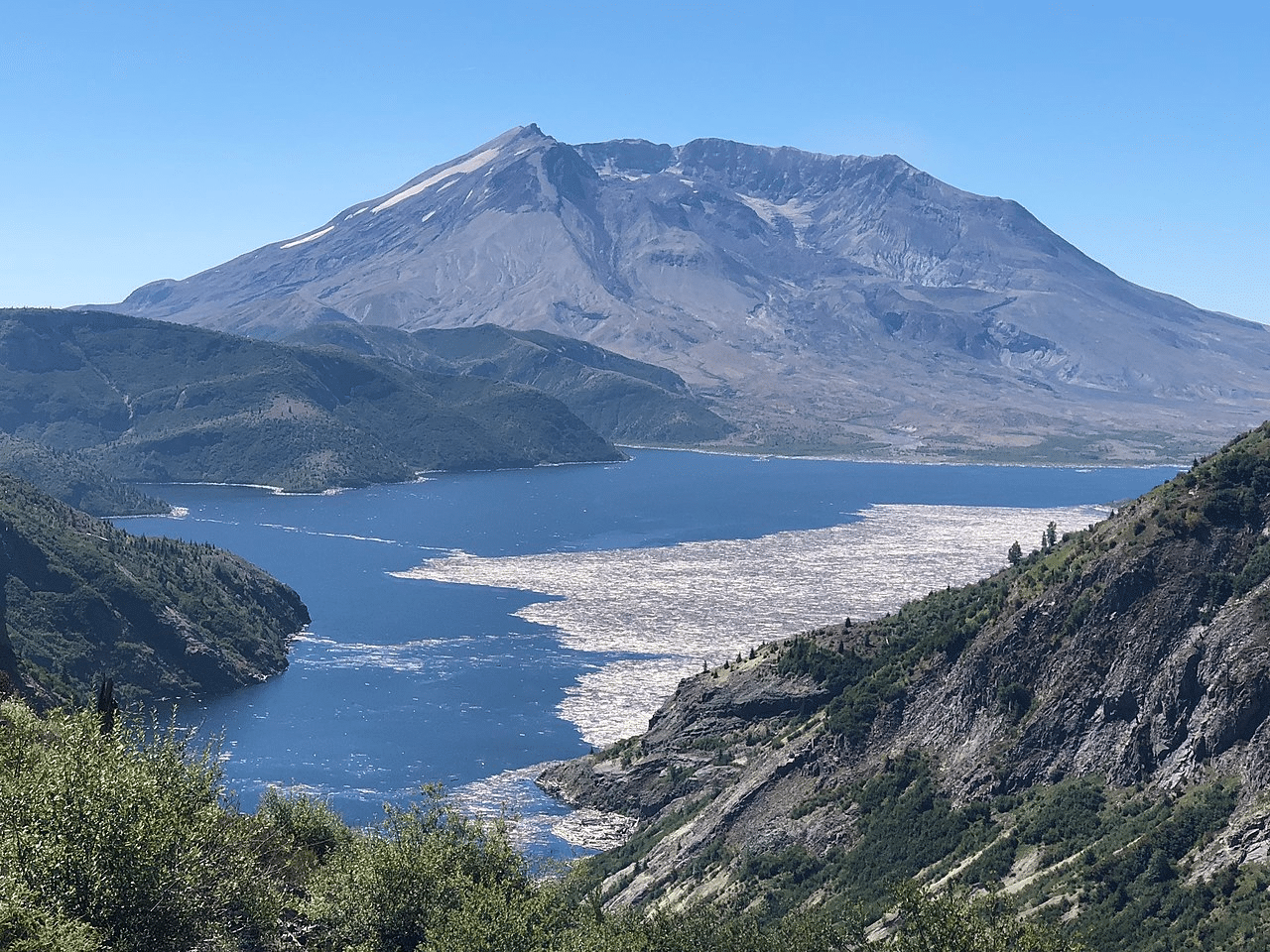
Things To Do
The monument offers a variety of recreational opportunities, including hiking, backpacking, camping, and wildlife viewing. Visitors can also learn about the eruption and its effects on the area through interpretive programs and exhibits.
The monument also includes the Mount St. Helens Visitor Center, which is located at the Silver Lake visitor complex, and offers an interactive exhibit and a movie about the eruption.
The monument is also a popular spot for scientific research and monitoring of the volcano, that still shows signs of activity, and continues to shape the landscape and ecosystem around it, making it a unique and fascinating place to visit.
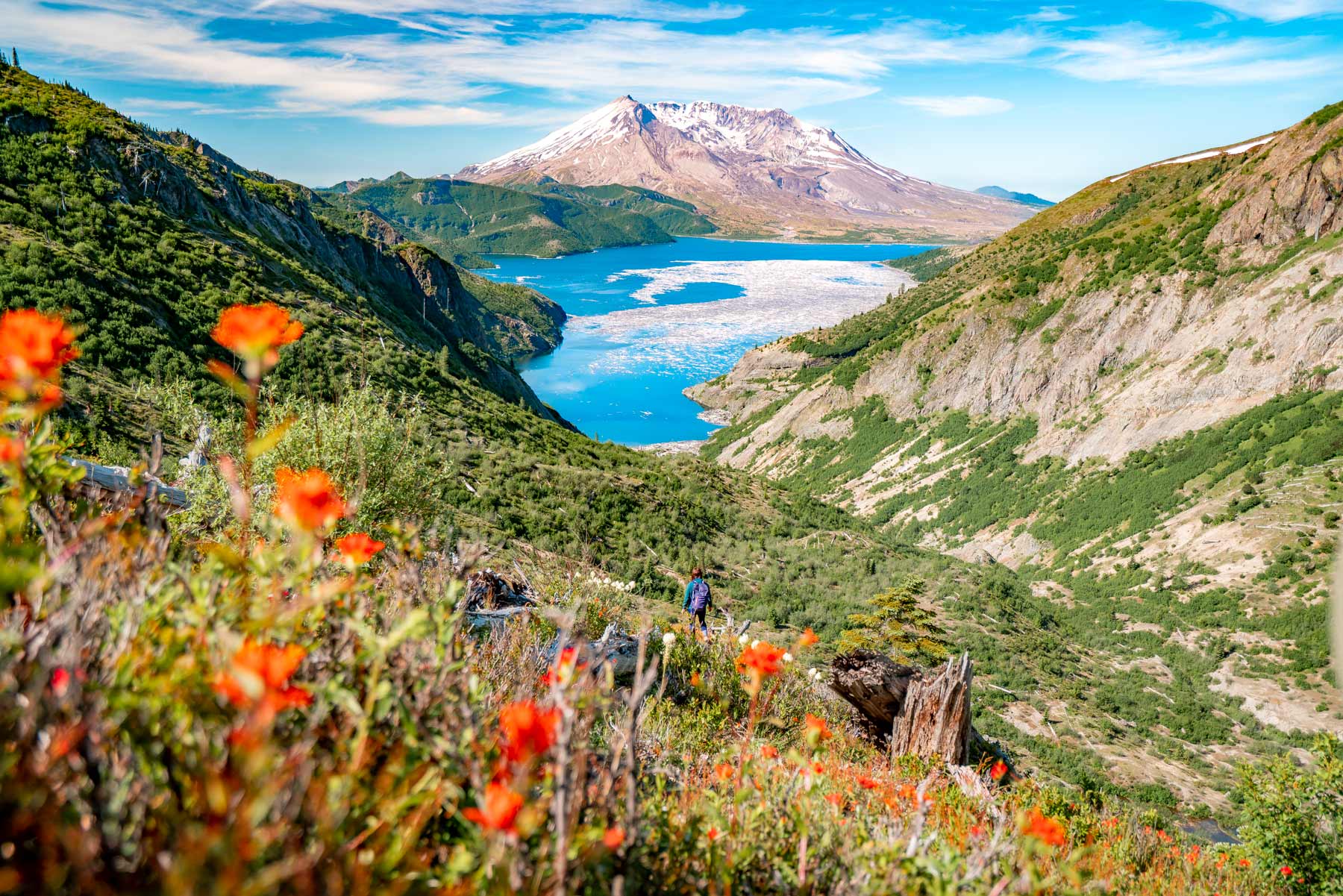
1. Olympic National Park
Olympic National Park is the most diverse national park in America, hands down.
This park has everything from lowland forests, striking mountain ranges, pristine alpine lakes, sparkling rivers, temperate rain forests (the largest in North America), iconic wildlife, and over 50 miles of wild coastline!
Oh, and it’s a stones throw from Seattle!
Olympic National Park truly has it all and without the crowds that have become so insidious in other US national parks in recent years – which is why we rank this Pacific Northwest gem as the best national park in America.
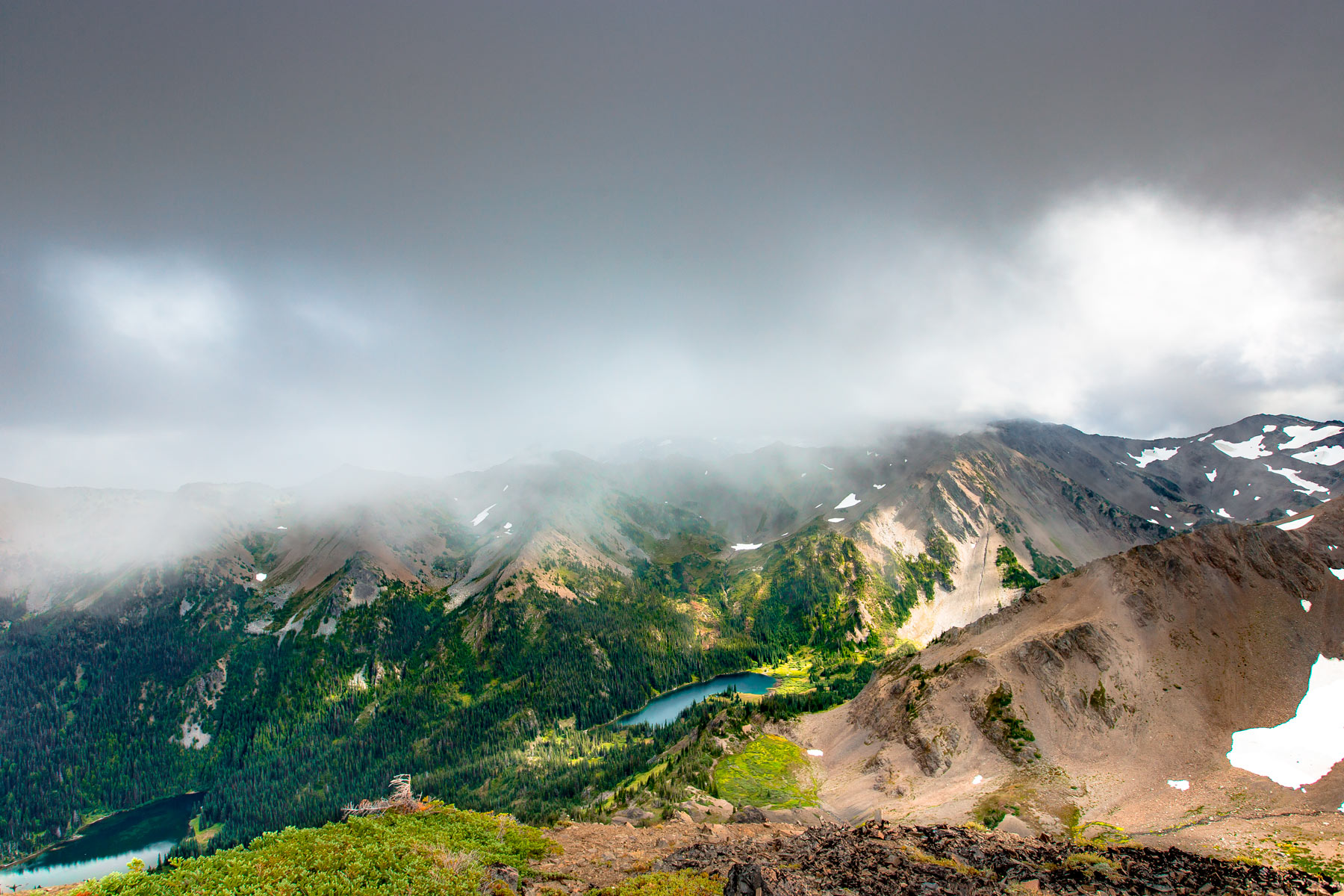
CHECK OUT: ALL 63 US NATIONAL PARKS RANKED BY EXPERTS
Getting to Olympic National Park
Olympic National Park is located on the Olympic peninsula in northwestern Washington State. The closest airport to Olympic National Park is Sea-Tac which is located just south of Seattle in Tacoma, Washington. From Sea-Tac to Hurricane Ridge is a 3.5 hour drive.
If you are driving from Seattle (or north of the city), getting to the park can be done one of two ways. Option one is driving through Seattle, Tacoma, and around the Puget Sound which takes about 3.5 hours.
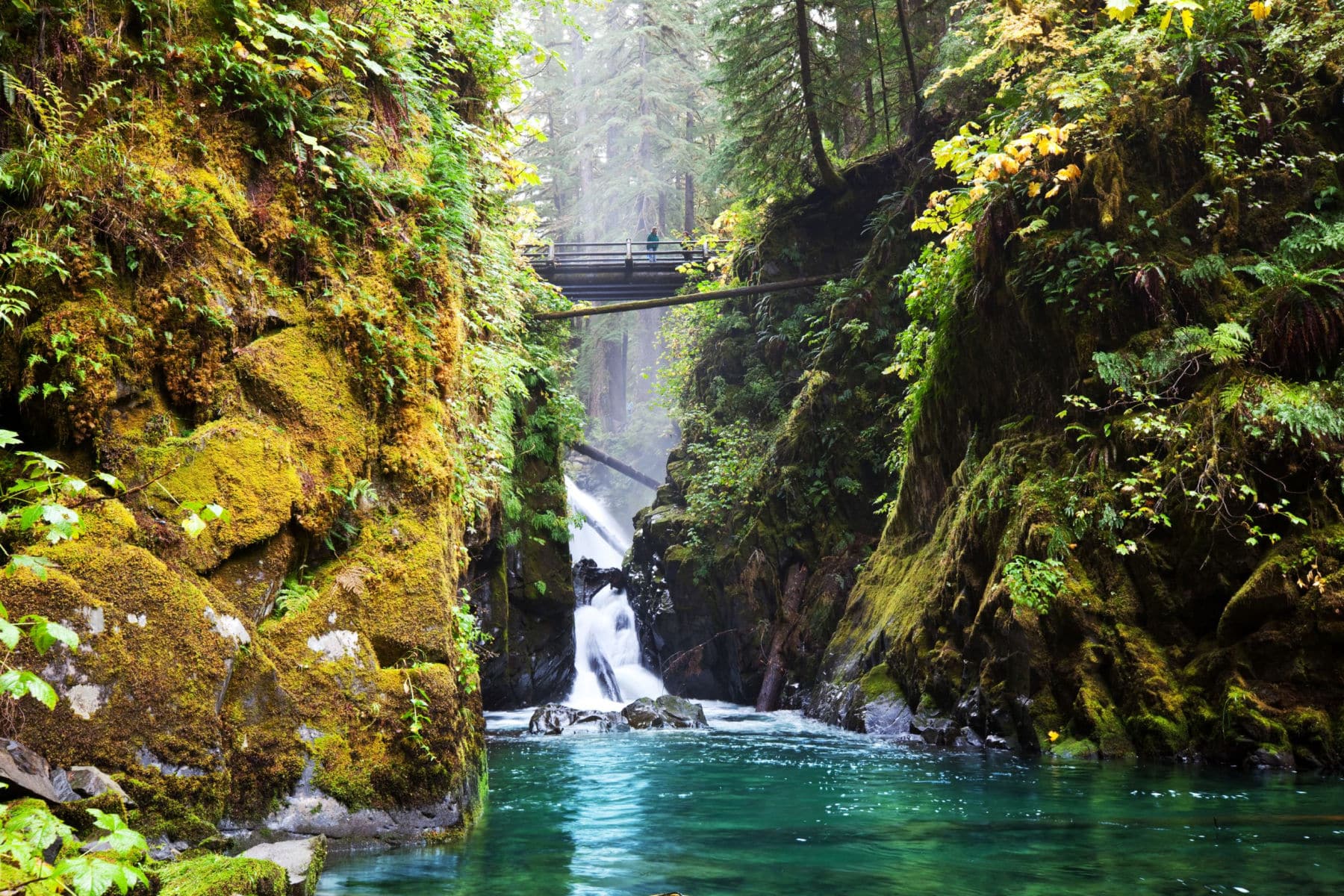
READ: Complete Guide to Olympic National Park
Olympic National Park Ferry From Seattle
Option two is taking the ferry from Seattle across the Puget Sound to the Olympic Penninsula. This route takes about the same amount of time as the drive around the sound but requires less driving.
The ferry costs $15 for a standard vehicle each way.
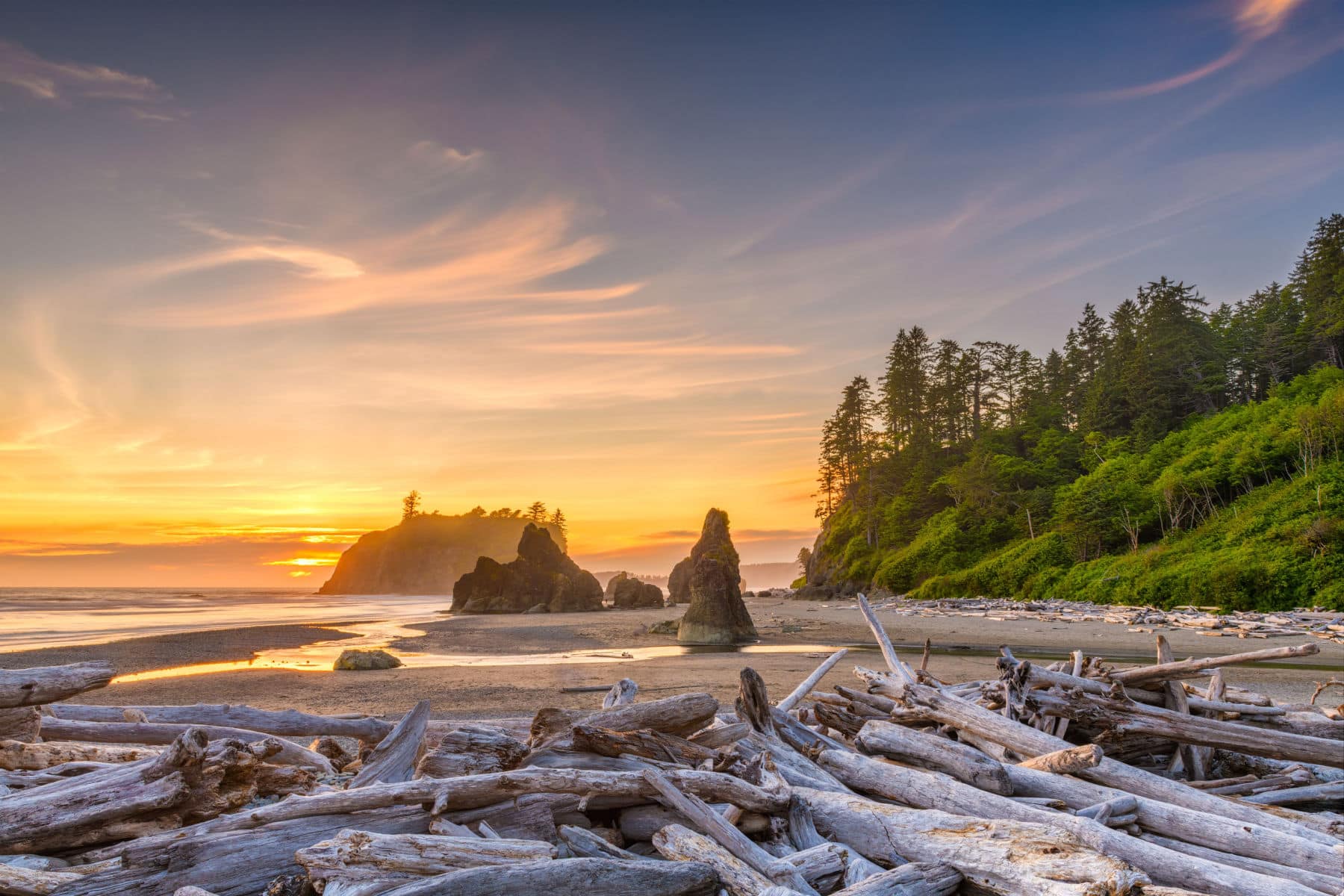
Check Out Our Award Winning Film
MTJP | OLYMPIC is a visually stunning journey through Olympic National Park. This video is the culmination of a month spent backpacking through Olympic National Park. We chose Olympic as our first of the More Than Just Parks short films due to its incredible diversity.
It is unlike any park on the planet offering glacial mountain peaks, old-growth rainforests, and over seventy miles of wilderness coast – all within a day’s drive. This production was filmed entirely in UHD 4K.
We chose to shoot this film in Summer months during peak accessibility. During winter the road to Hurricane Ridge closes due to snow accumulation. Olympic is one of three Washington State National Parks, the other two being North Cascades and Mount Rainier.
Filming locations include: Hurricane Ridge, Obstruction Point, Hoh Rainforest, Quinalt Valley, Queets Valley, La Push, Ruby Beach, Crescent Lake, Staircase, Kalaloch, and more.
Things To Do At Olympic National Park
Here are some things you can do during your visit:
- Hiking: Olympic National Park has over 600 miles of hiking trails, ranging from easy strolls to strenuous backpacking trips. Some of the most popular trails include the Hoh River Trail, the Sol Duc Falls Trail, and the Hurricane Ridge Trail.
- Beaches: Olympic National Park is home to some of the most beautiful beaches in the Pacific Northwest. Some of the most popular include Rialto Beach, Kalaloch Beach, and Second Beach.
- Camping: The park has several campgrounds, including the popular Sol Duc Hot Springs Resort and the Kalaloch Campground. There are also backcountry campsites available for backpackers.
- Wildlife Watching: The park is home to a variety of wildlife, including black bears, elk, deer, and mountain goats. Keep your eyes open for them during your visit.
- Hot Springs: Soak in the warm waters of the Sol Duc Hot Springs, located in the heart of Olympic National Park.
- Scenic Drives: Drive the 17-mile Hurricane Ridge Road for stunning views of the Olympic Mountains.
- Ranger-led Programs: Join a ranger-led program to learn about the park’s history, geology, and wildlife.
- Fishing: Olympic National Park has several lakes and rivers that offer excellent fishing opportunities.
- Waterfalls: Olympic National Park is home to many beautiful waterfalls, including Marymere Falls, Sol Duc Falls, and Madison Falls.
- Visitor Centers: The park has several visitor centers where you can learn about the park’s history and ecology, as well as get information about trails and activities.
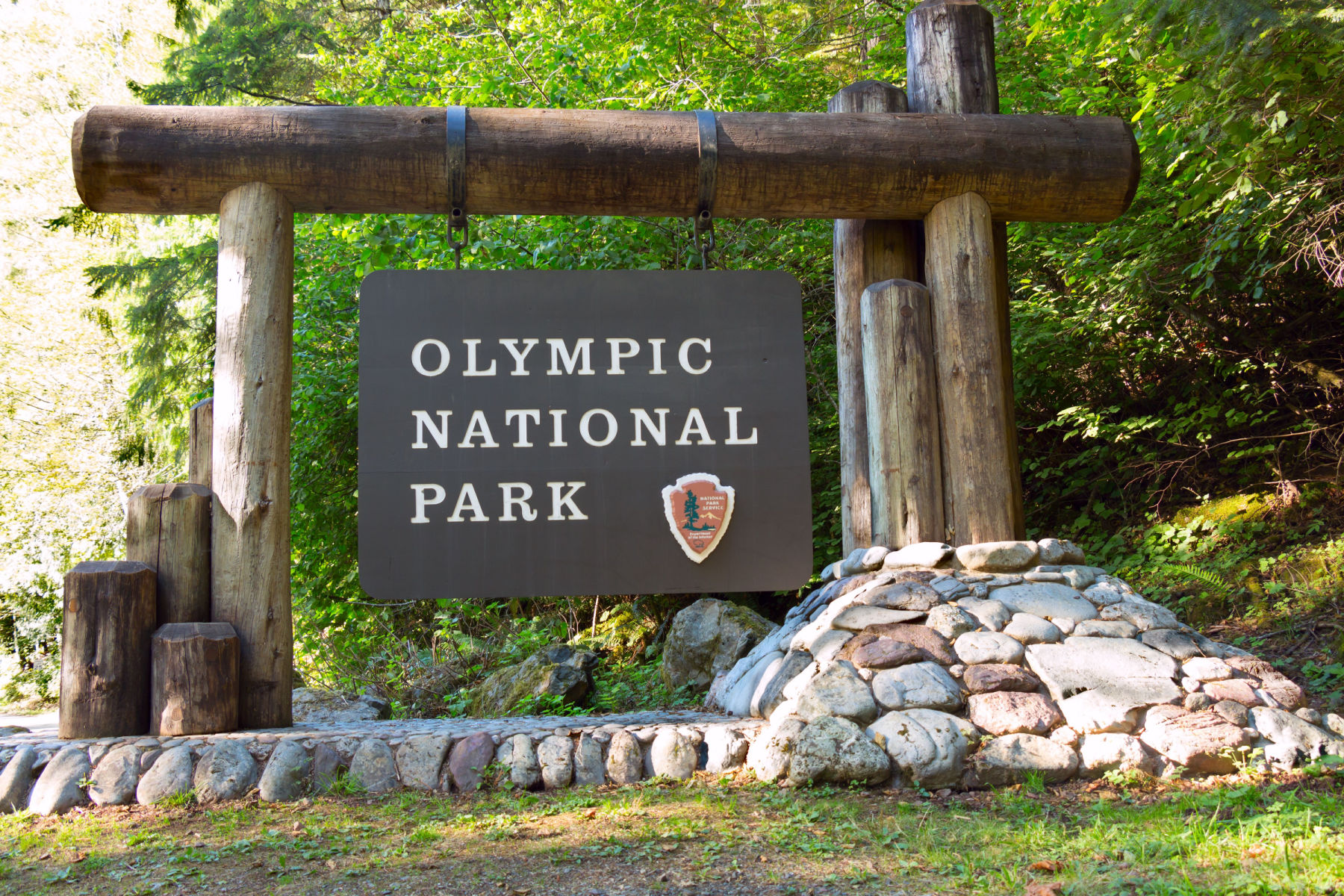
List Of Historic Sites In Washington
- Olympic National Park
- Mount St. Helens National Volcanic Monument
- Mount Rainier National Park
- Space Needle
- North Cascades National Park
- Fort Nisqually Living History Museum
- The Ape Caves, Gifford Pinchot National Forest
- Fort Worden Historical State Park
- Deception Pass Bridge
- Arthur Foss Tugboat
- Space Needle
- Ginkgo Petrified Forest State Park
- Whitman Mission National Historic Site
- The Enchantments
- San Juan Island National Historical Park
Why Trust Us About Historic Sites In Washington?
We’re Jim Pattiz and Will Pattiz, collectively known as the Pattiz Brothers and we absolutely LOVE the national parks.
You should probably know that we don’t just make this stuff up out of thin air. We’ve spent our entire adult lives exploring and filming America’s national parks and public lands.
We’ve worked with the National Park Service, the Department of Interior, USDA, U.S. Forest Service, and more for years creating films on important places and issues. Our work has been featured in leading publications all over the world and even some people outside of our immediate family call us experts on the national parks.
And, in 2018, our father – having spent a lifetime teaching history – joined us so that he could help us to tell the stories behind these amazing places.
Meet The Parks Brothers
We Hope You’ll Follow Our Journey

Our goal here at More Than Just Parks is to share the beauty of America’s national parks and public lands through stunning short films in an effort to get Americans and the world to see the true value in land conservation.
We hope you’ll follow our journey through the parks and help us to keep them the incredible places that they are. If you’re interested joining the adventure, sign up below!
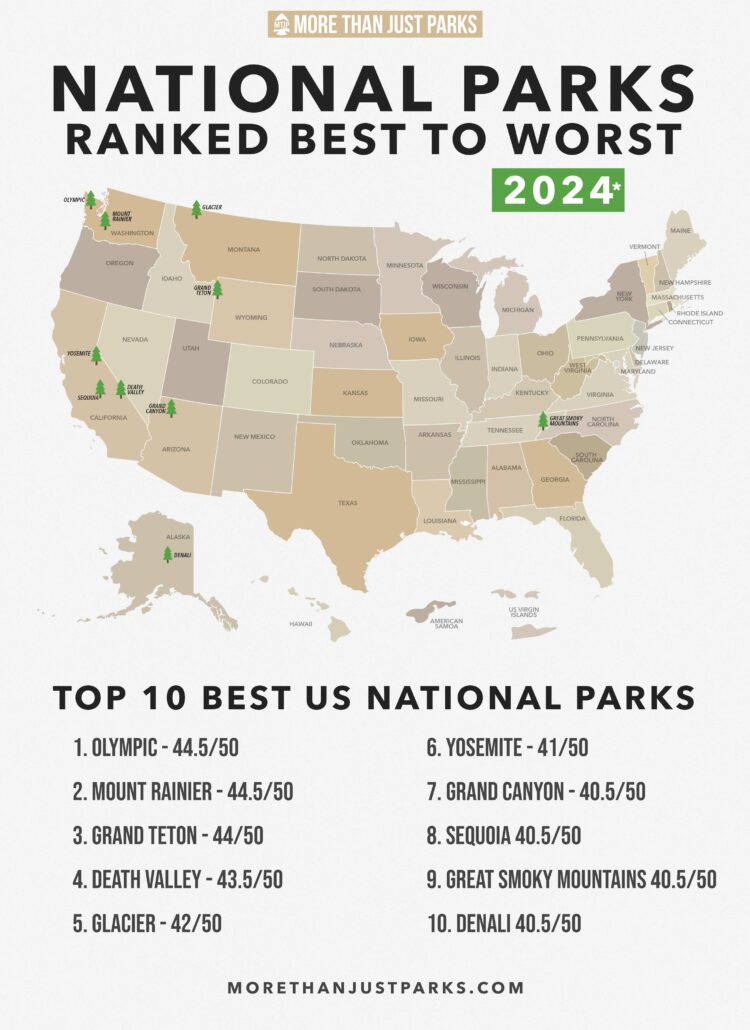
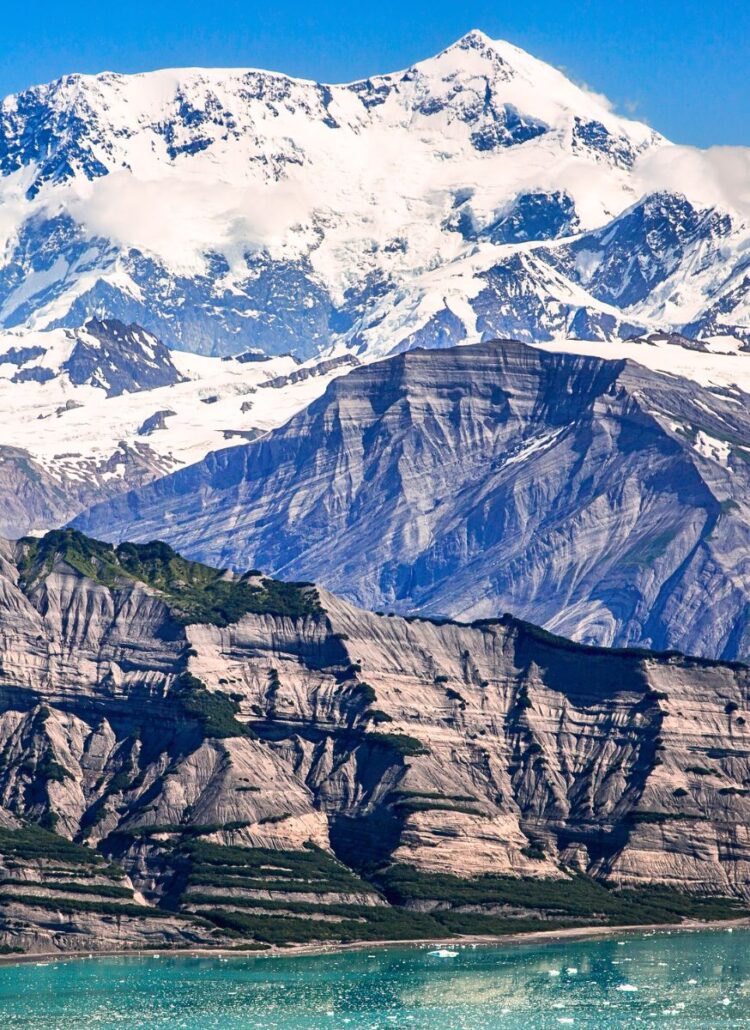
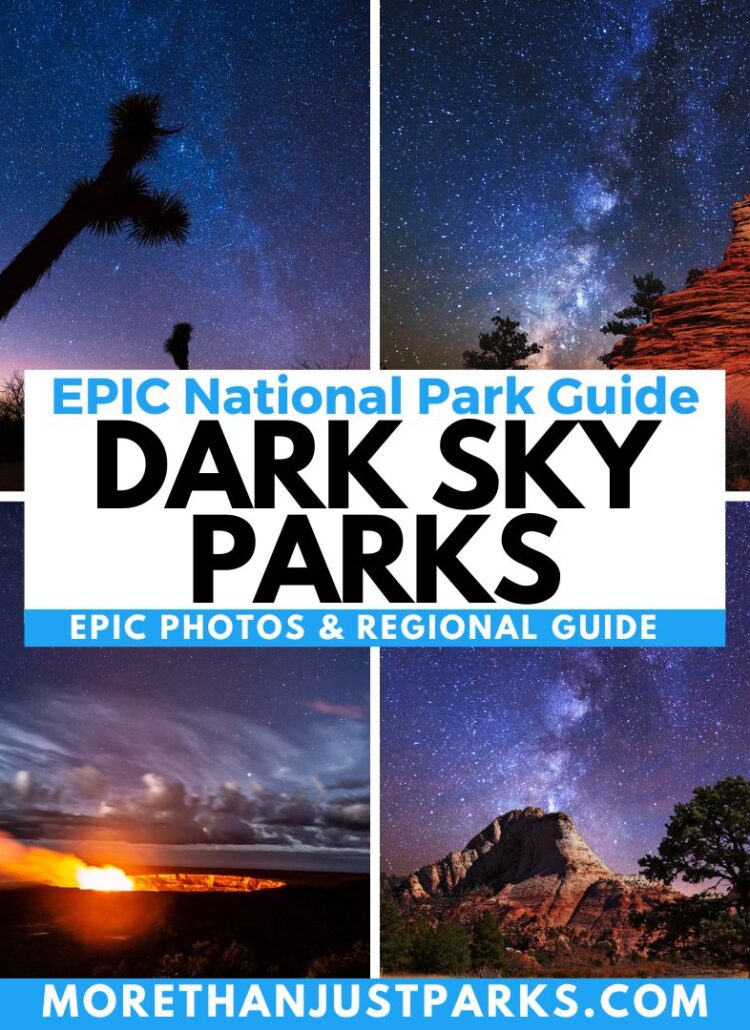
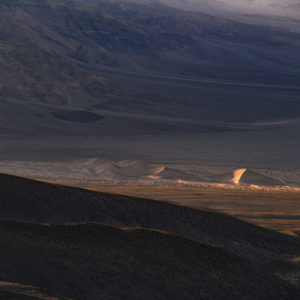

Leave a Reply